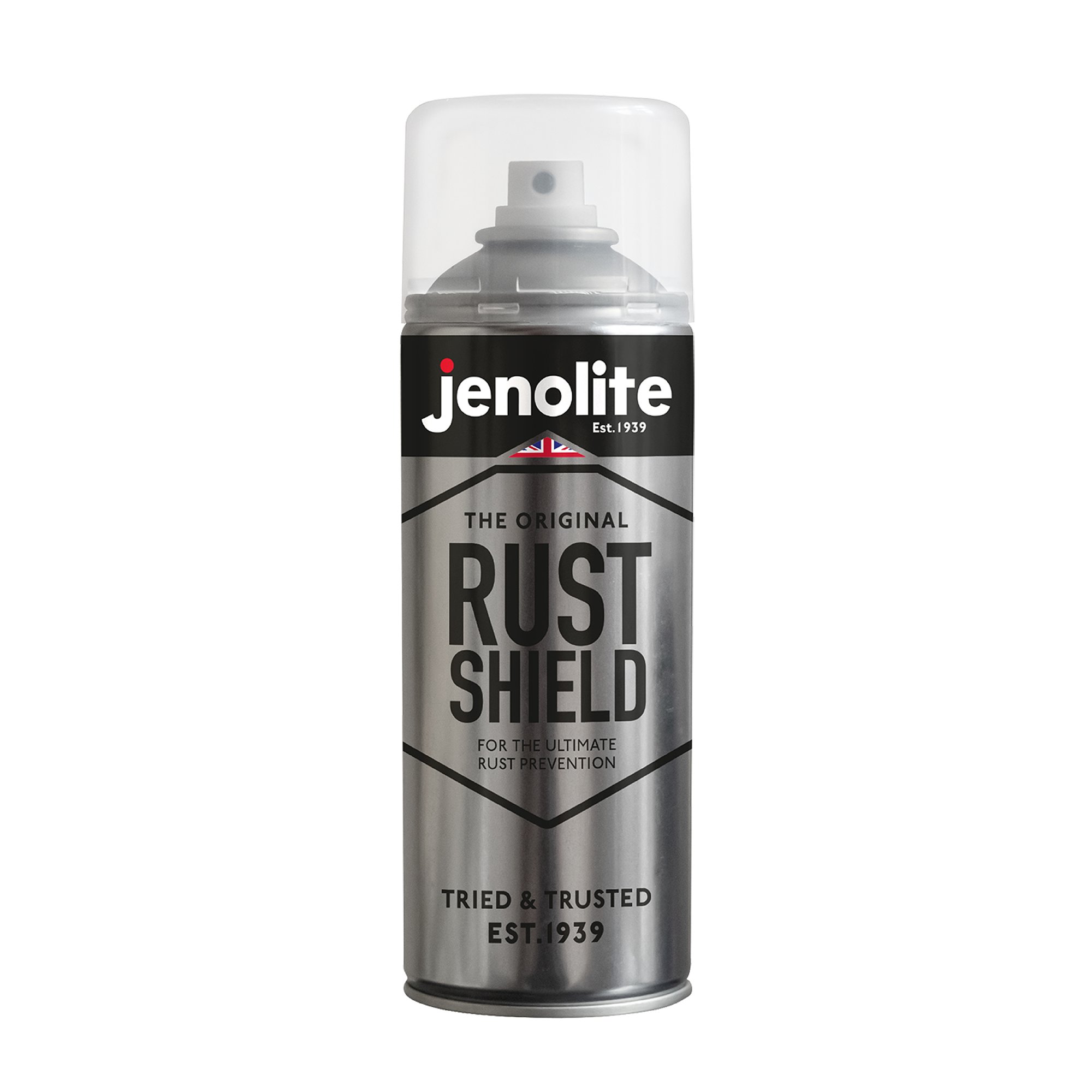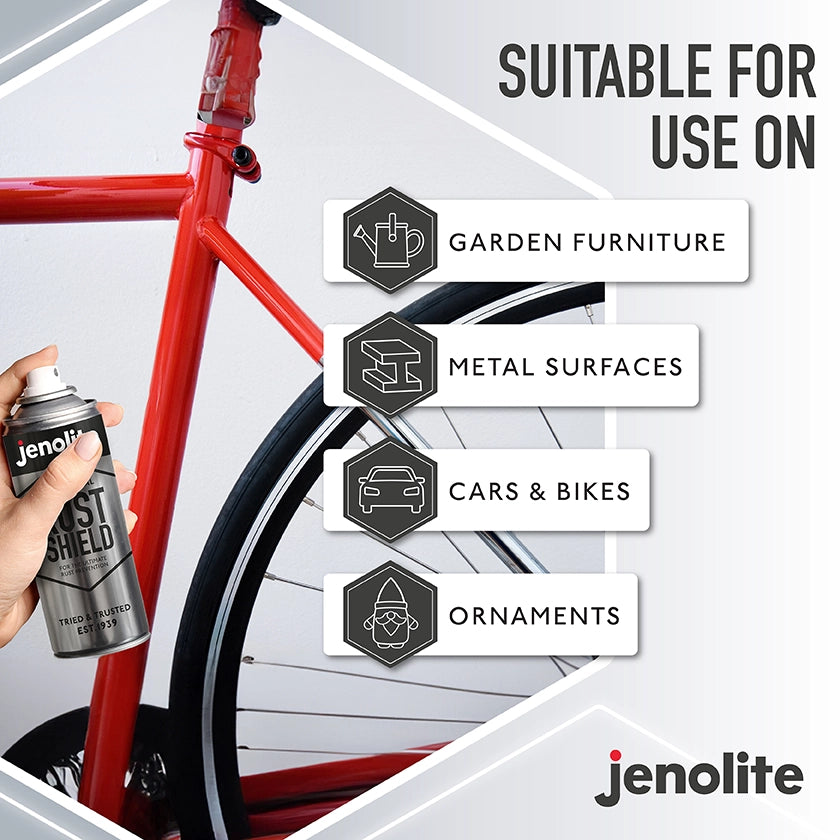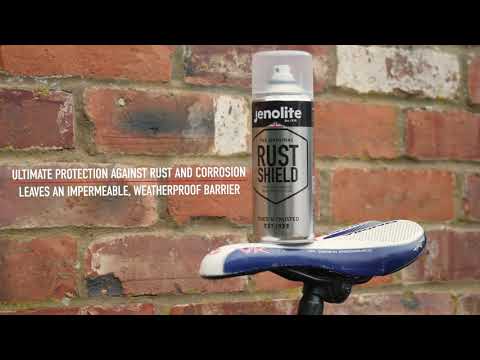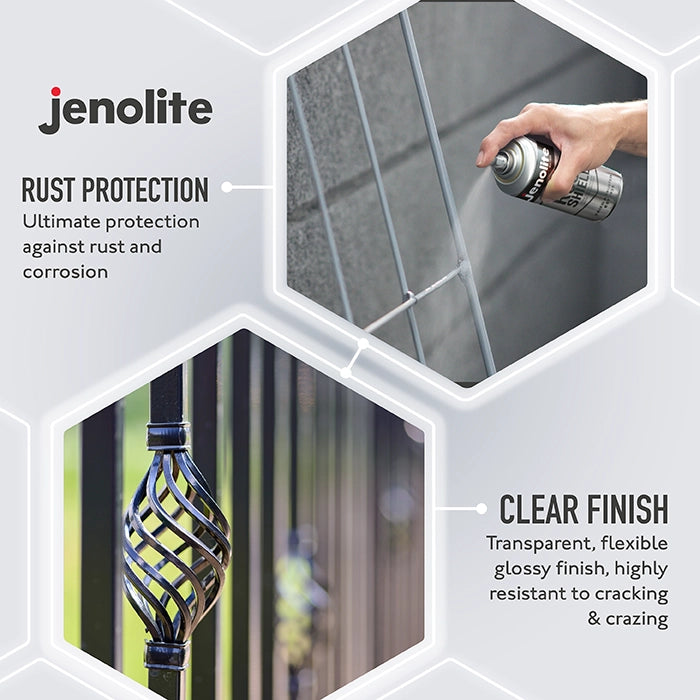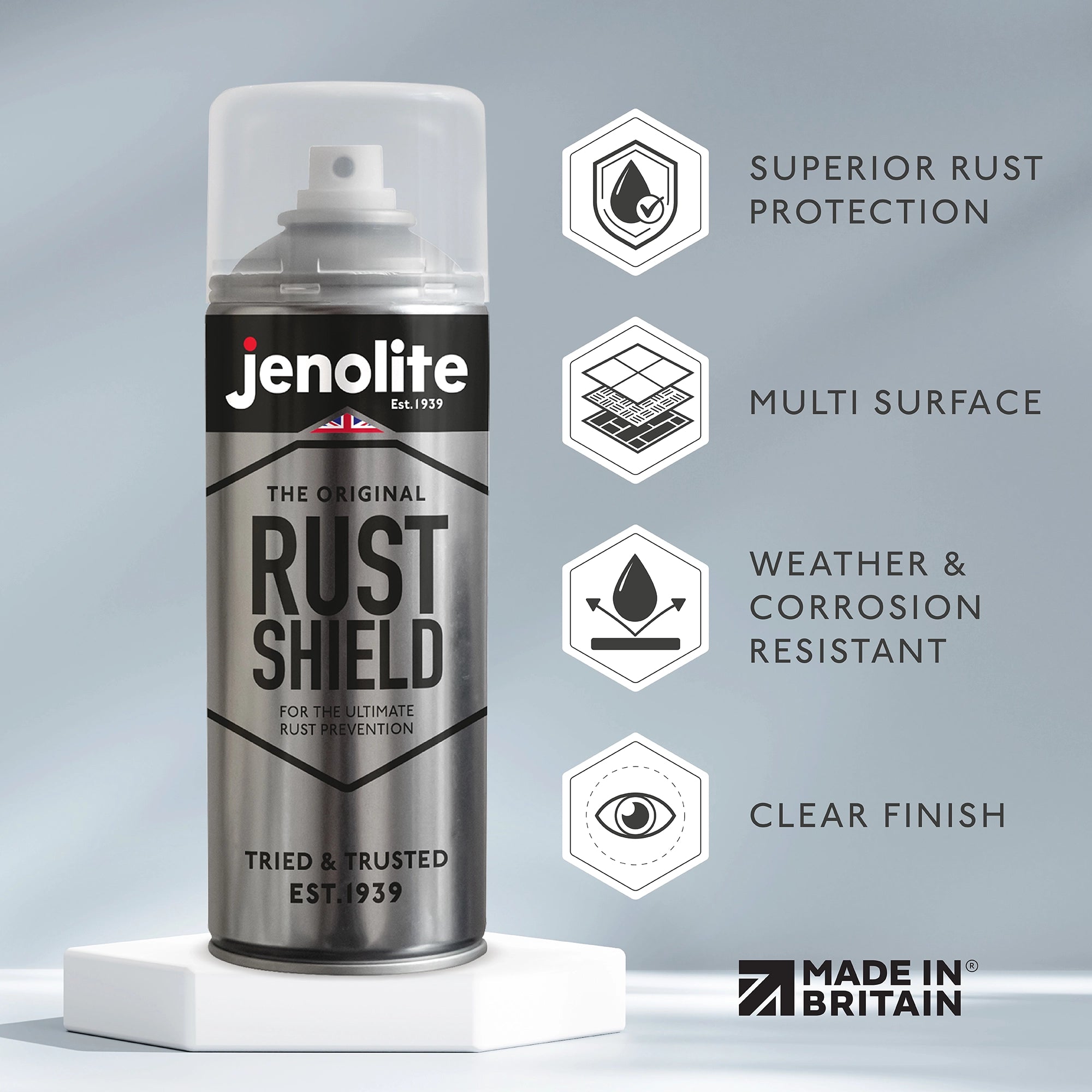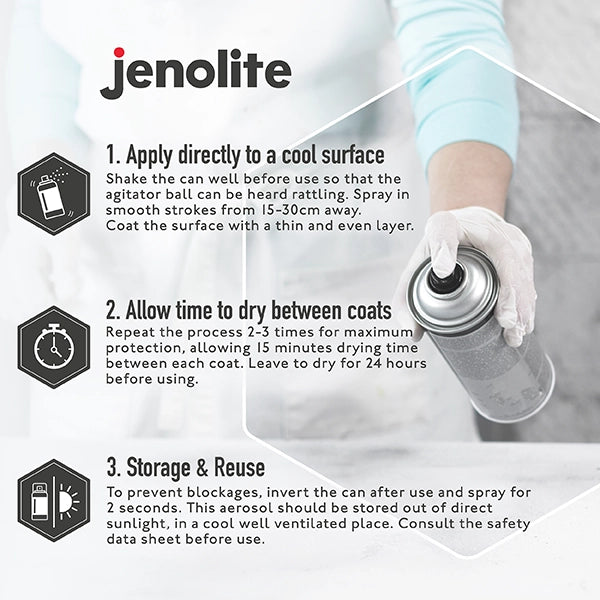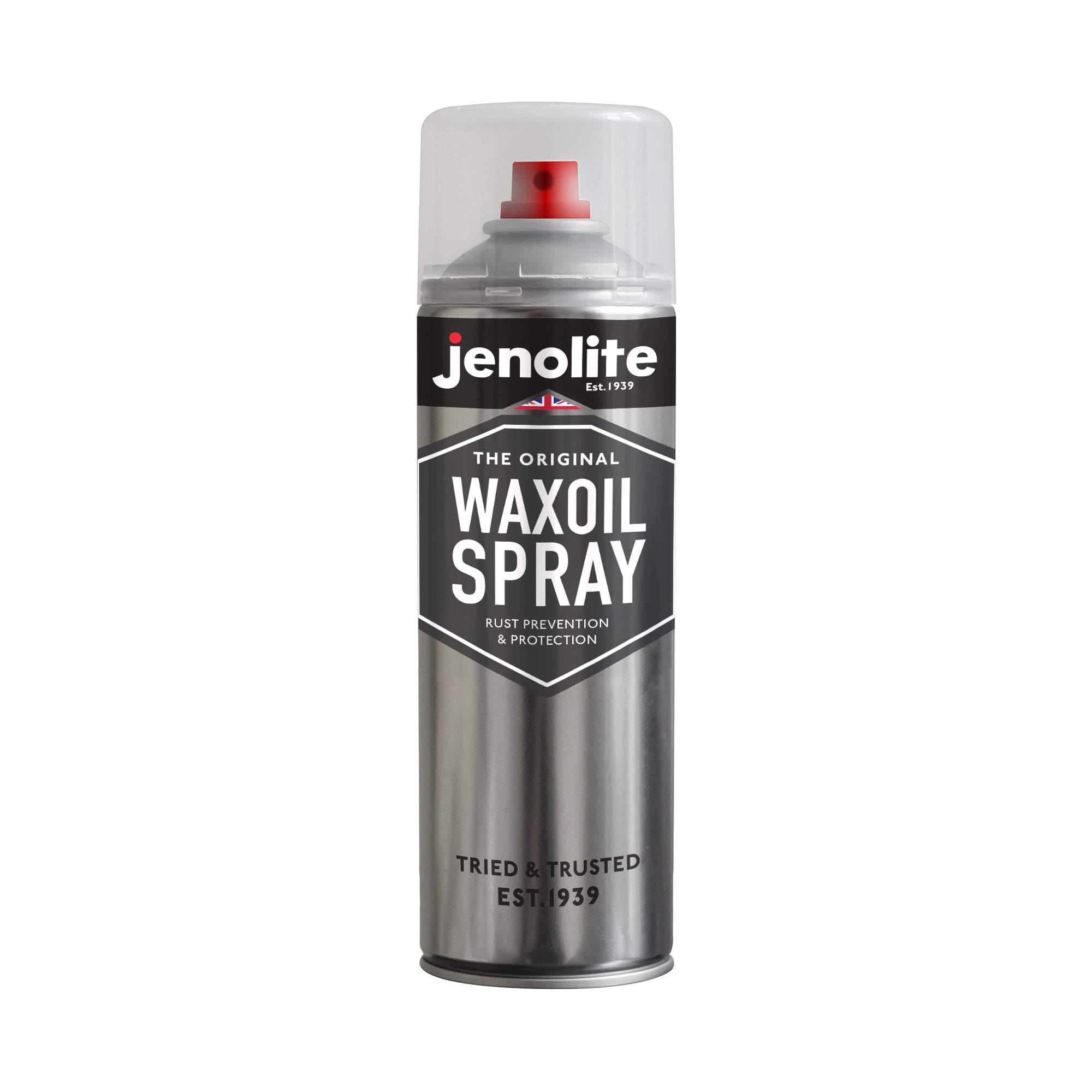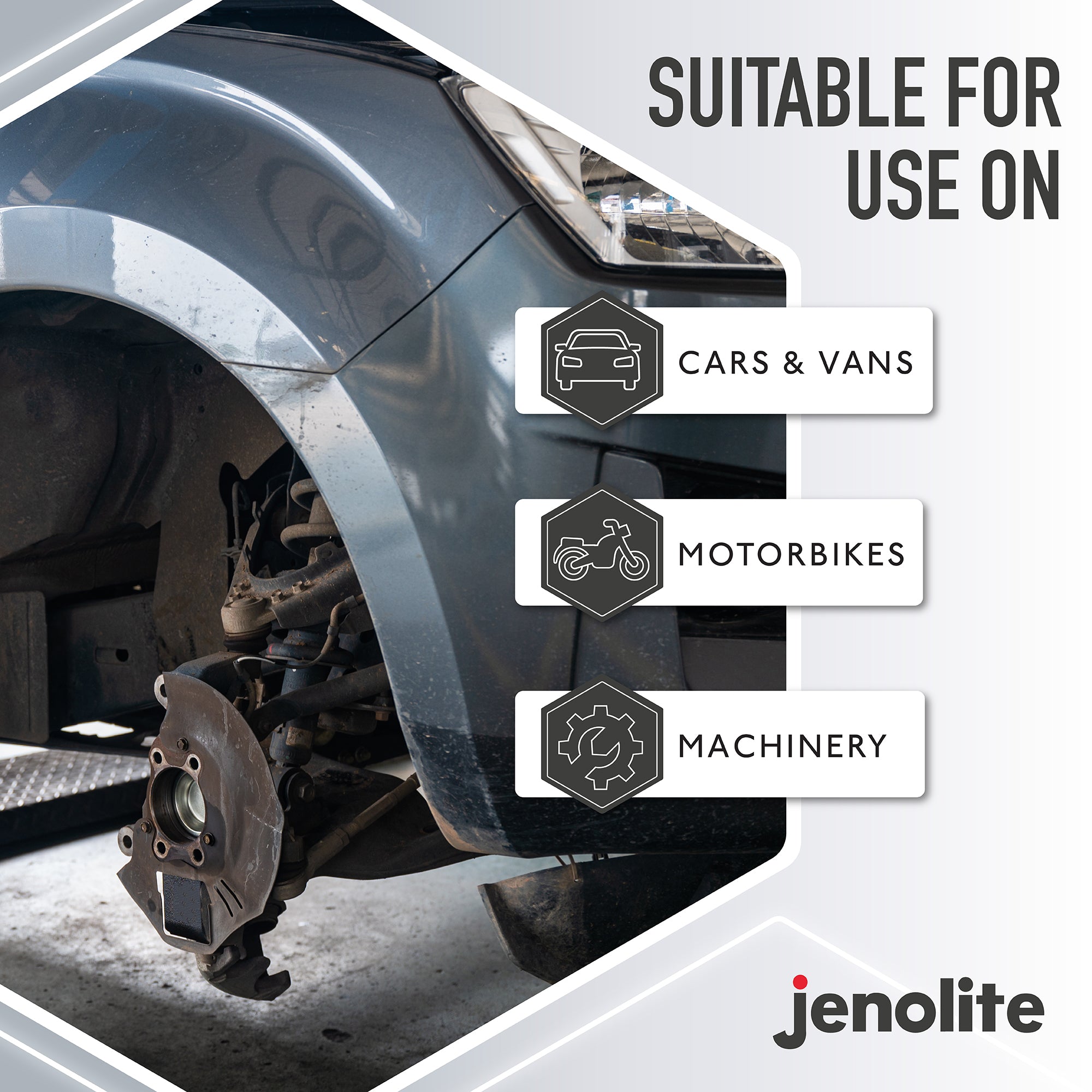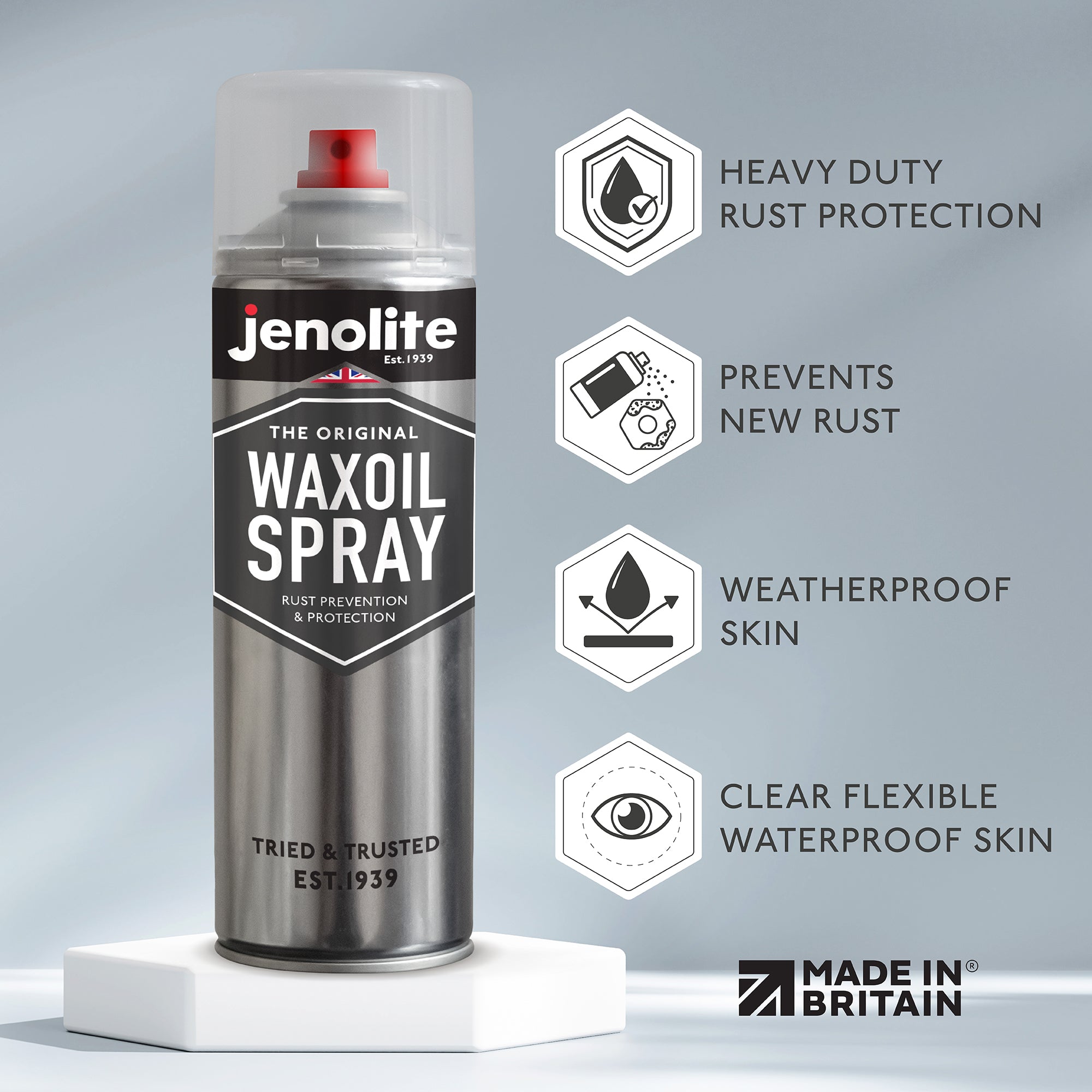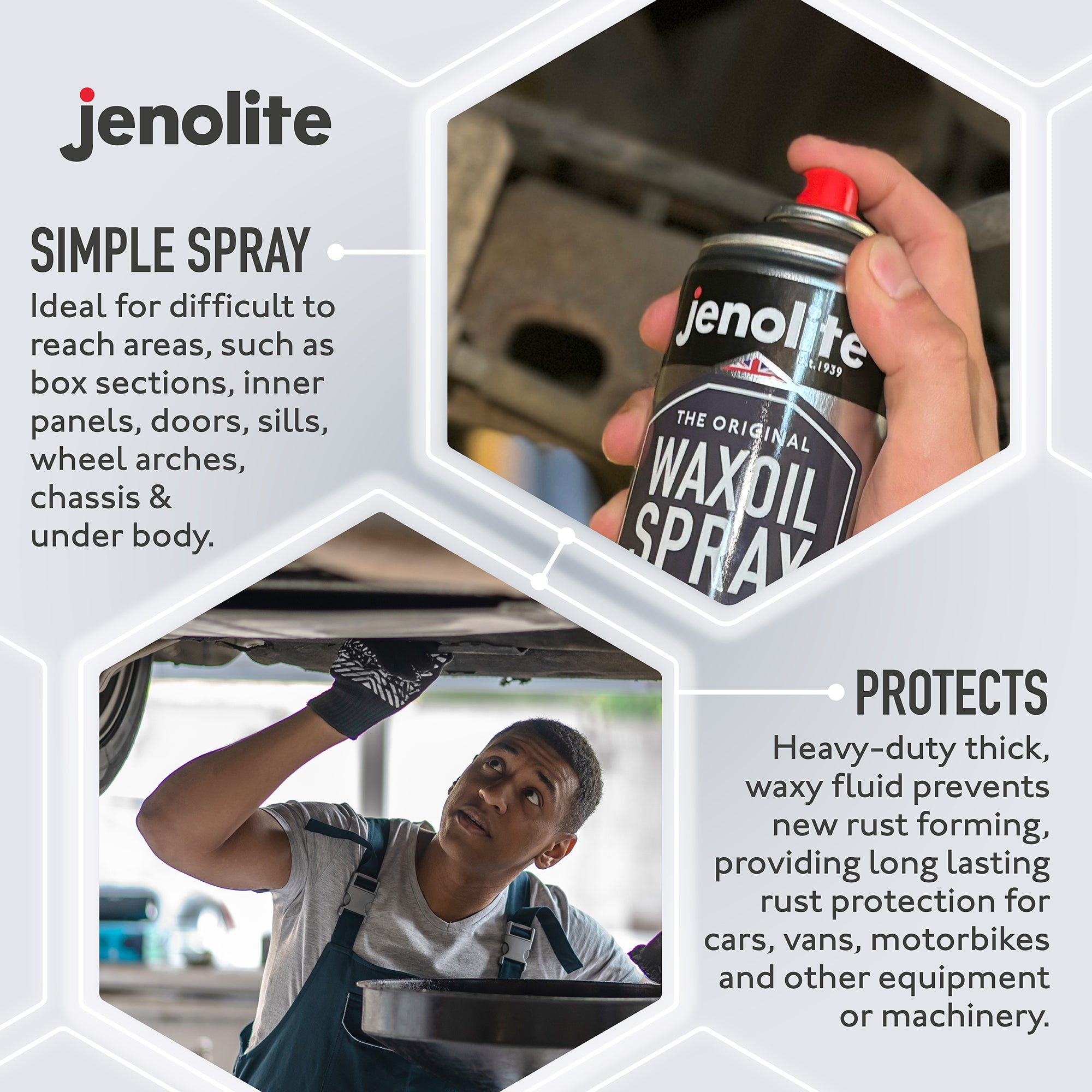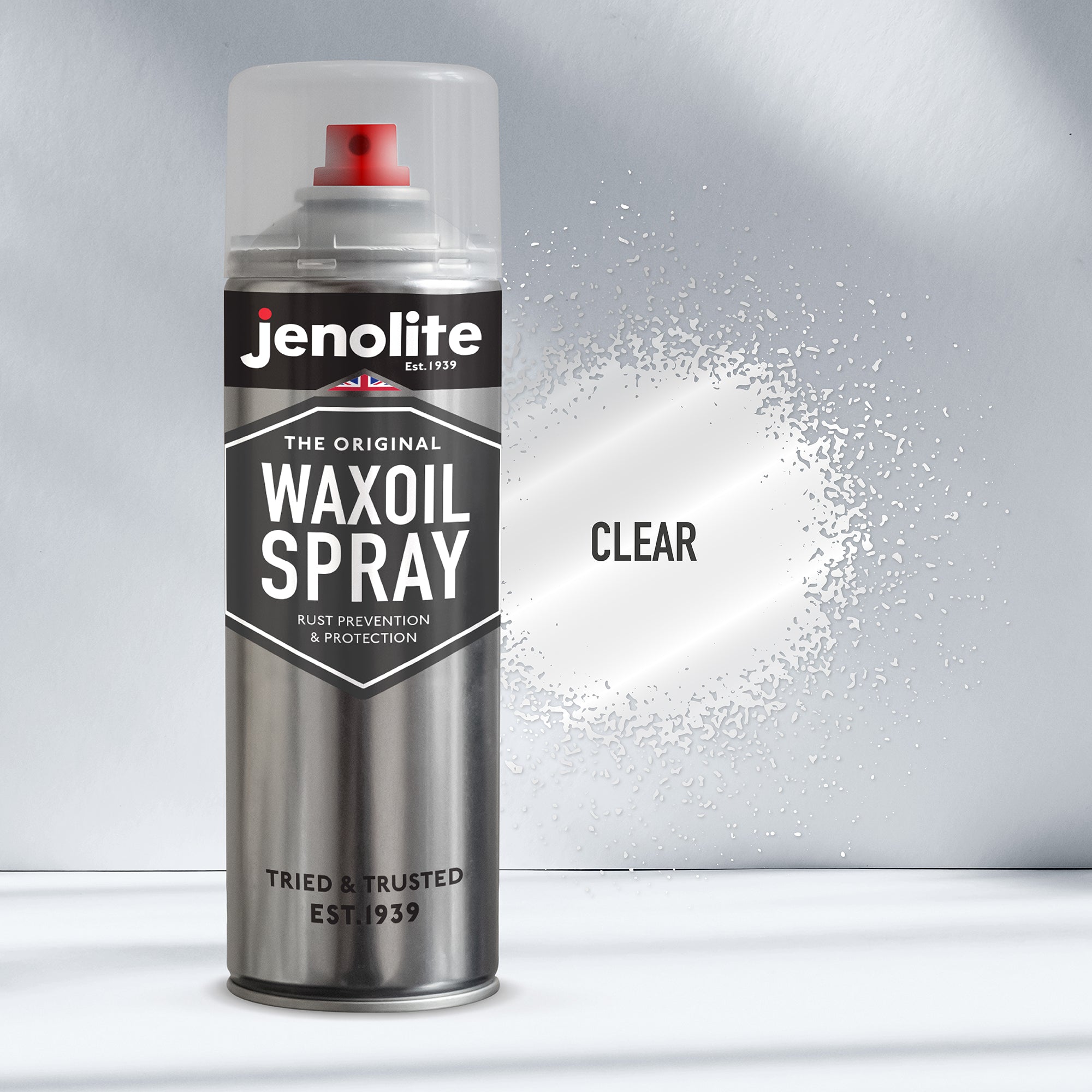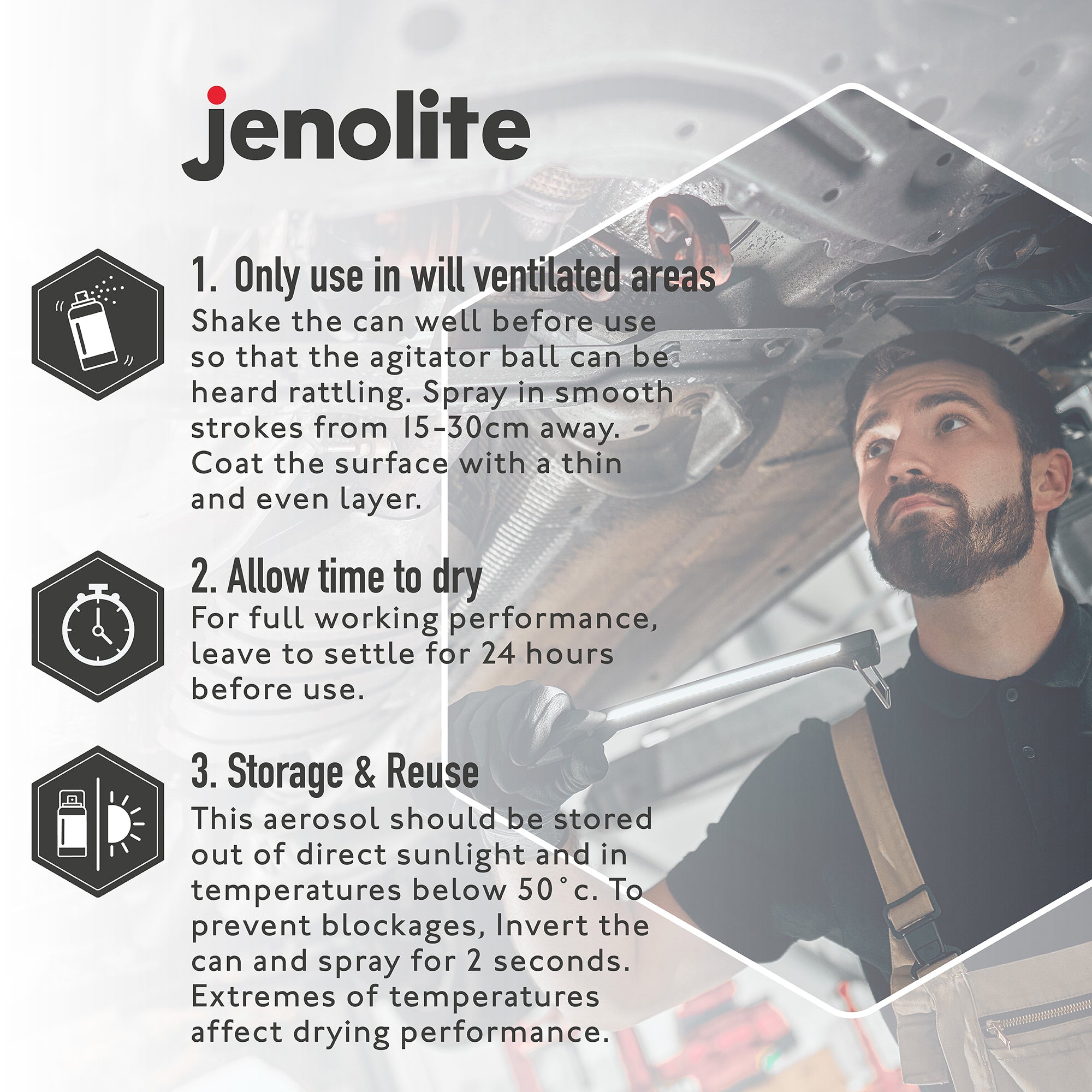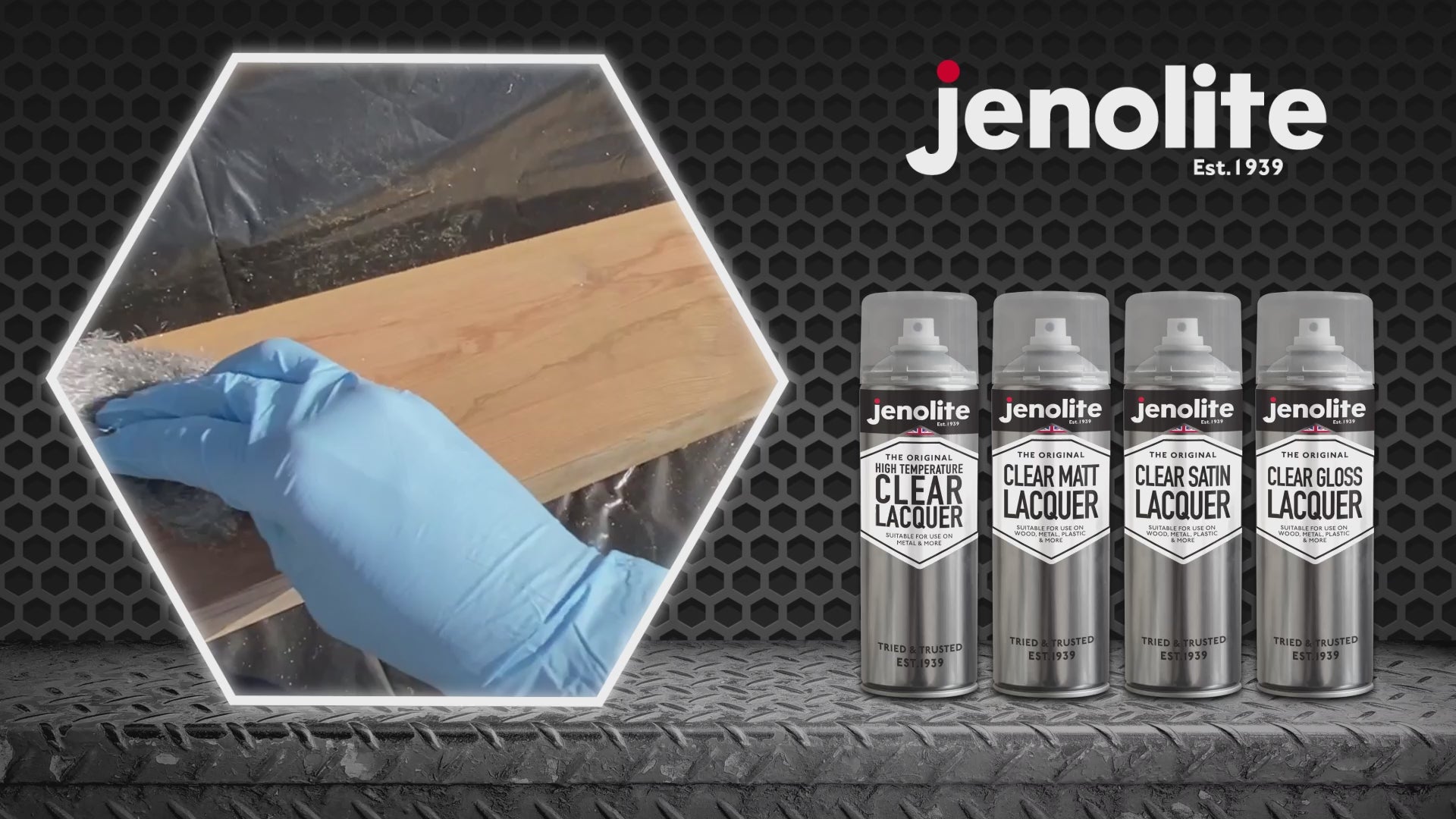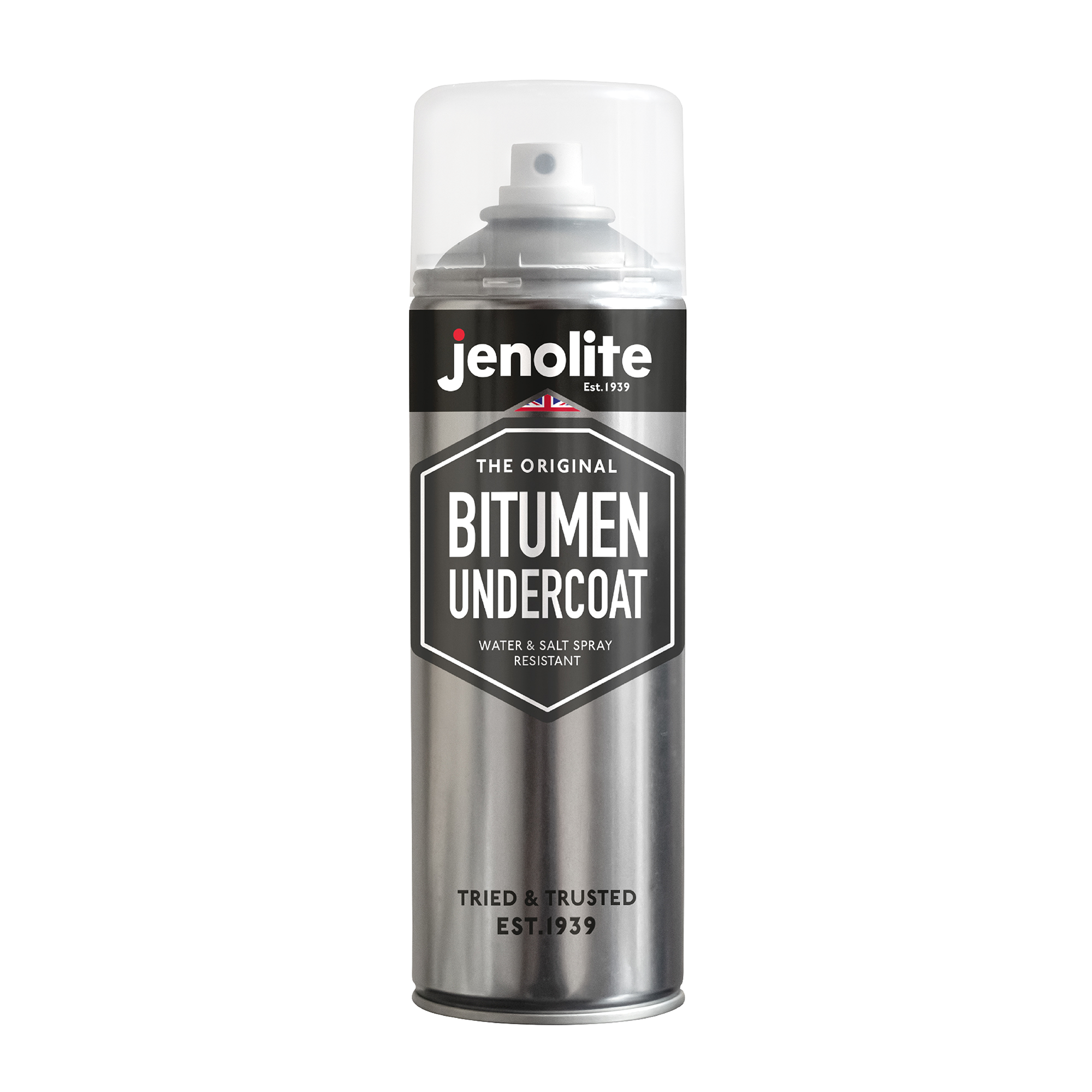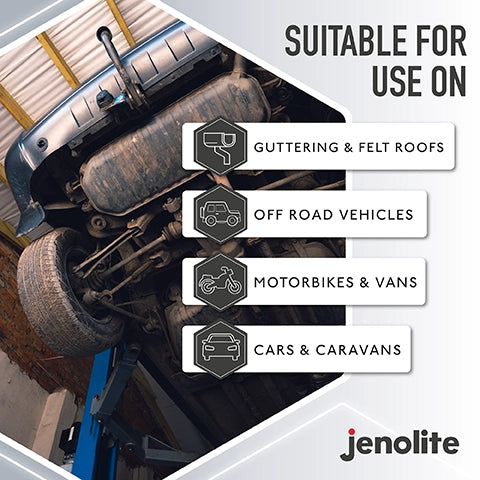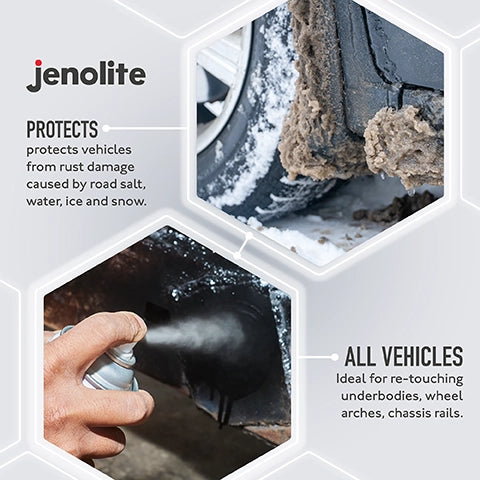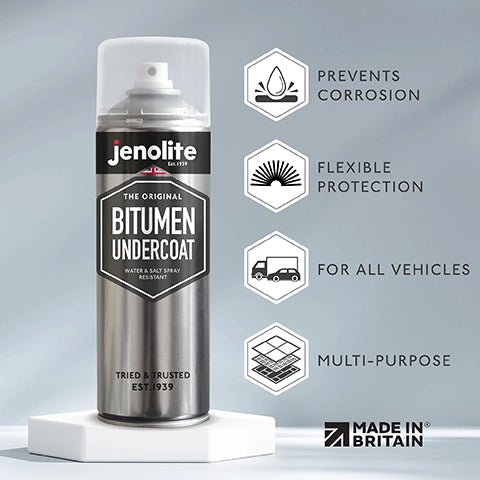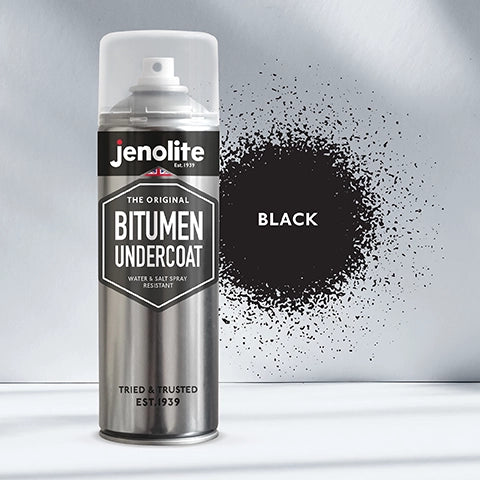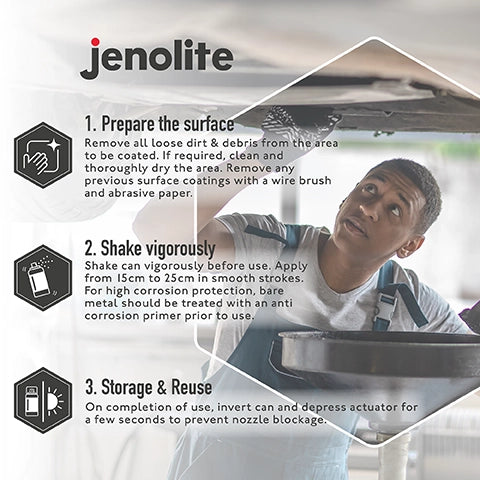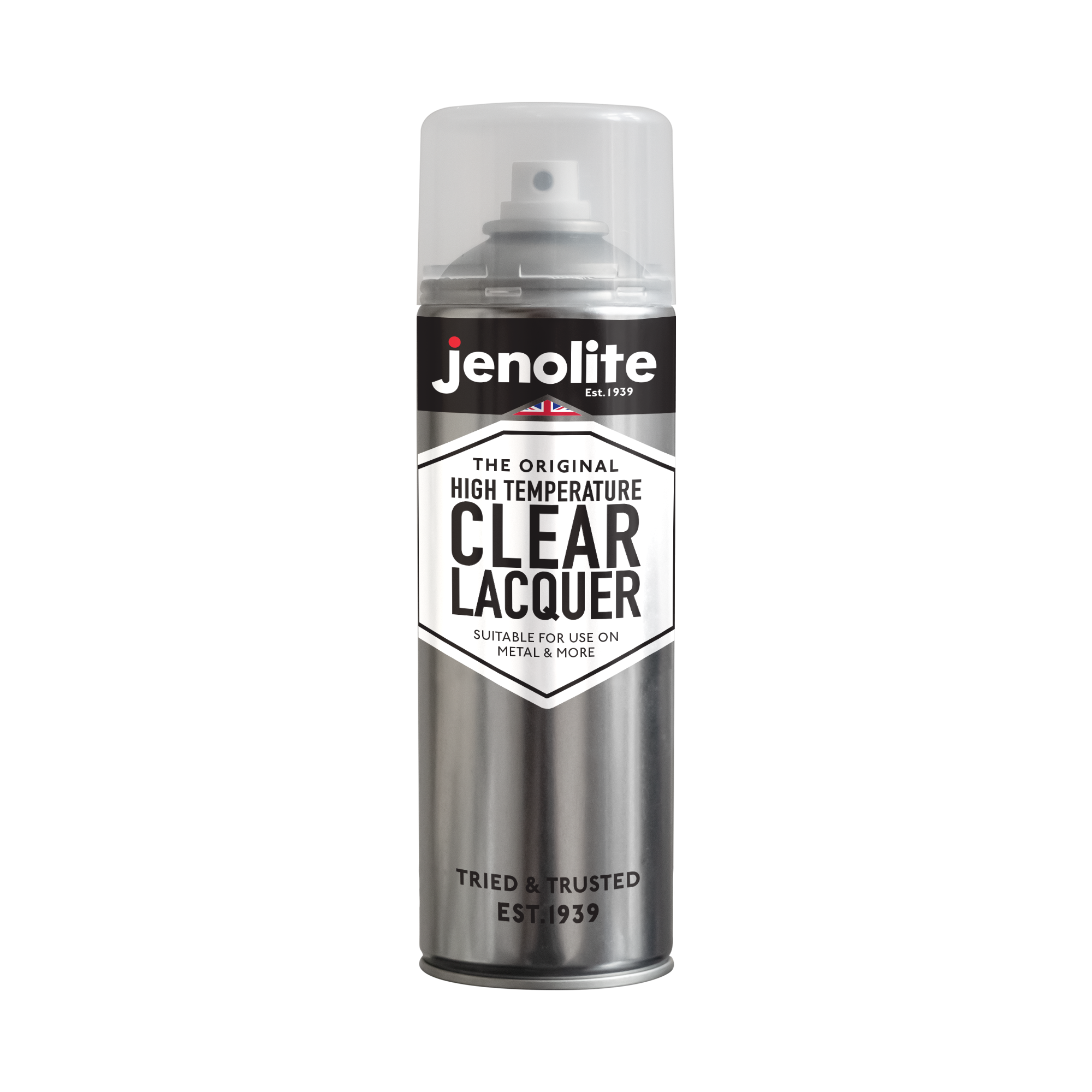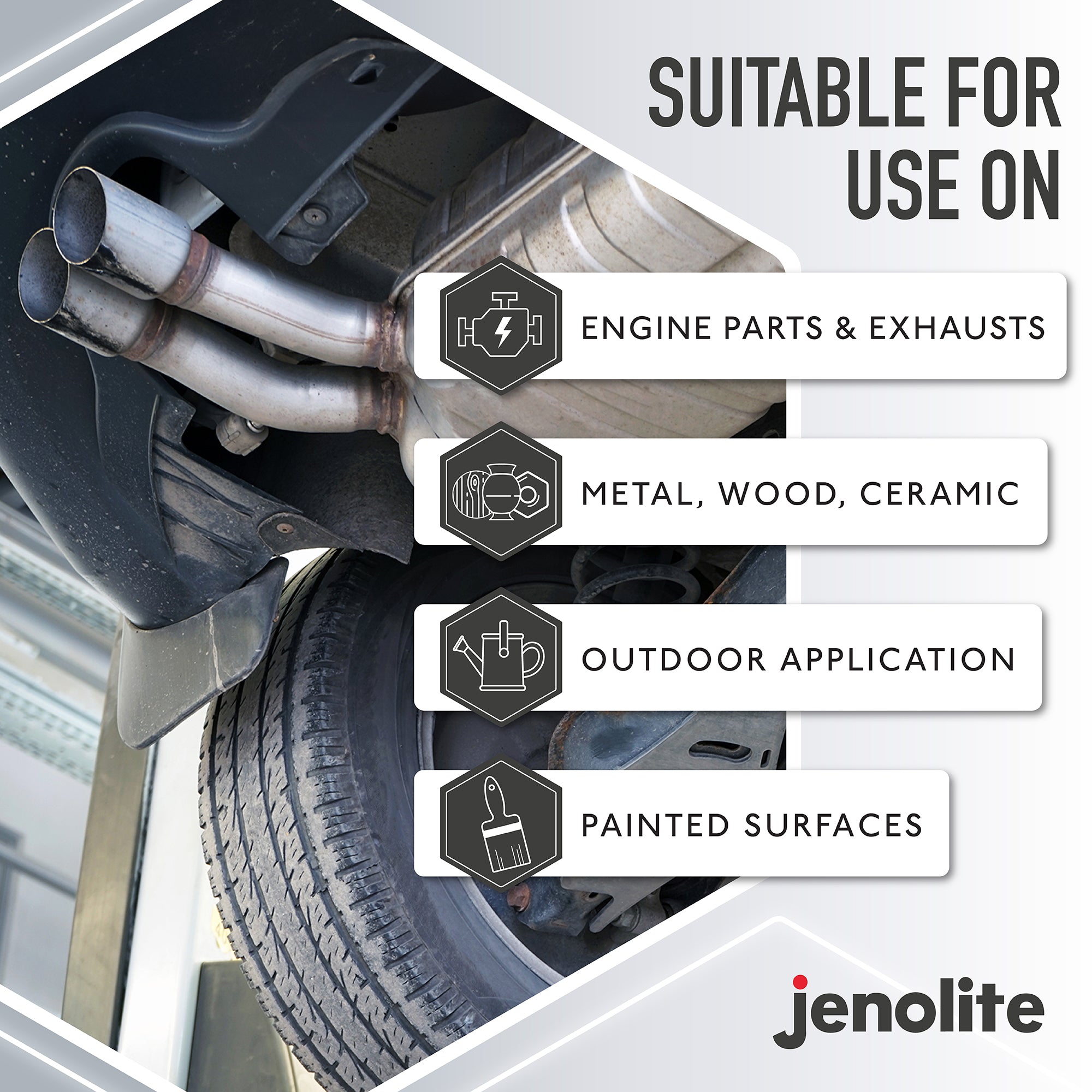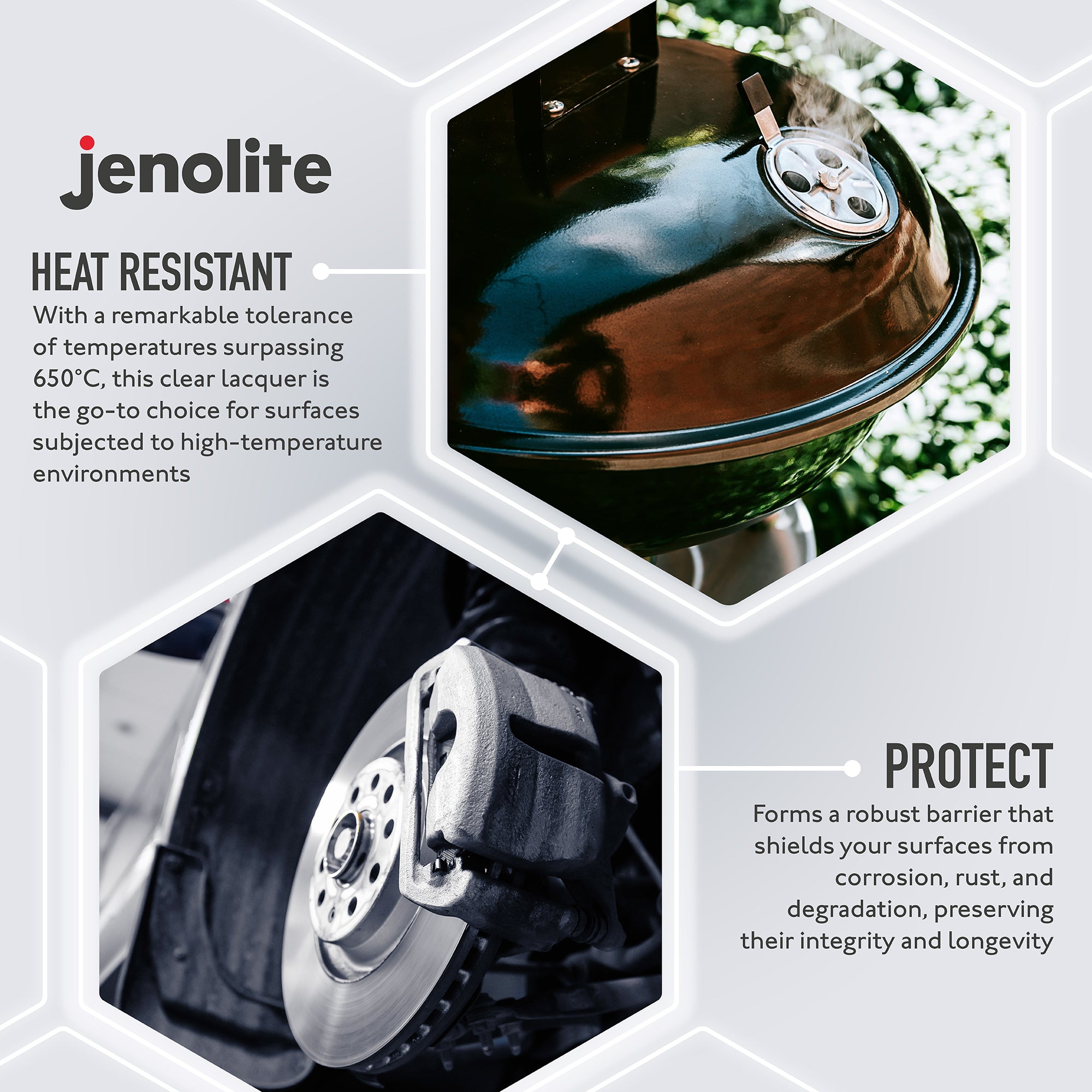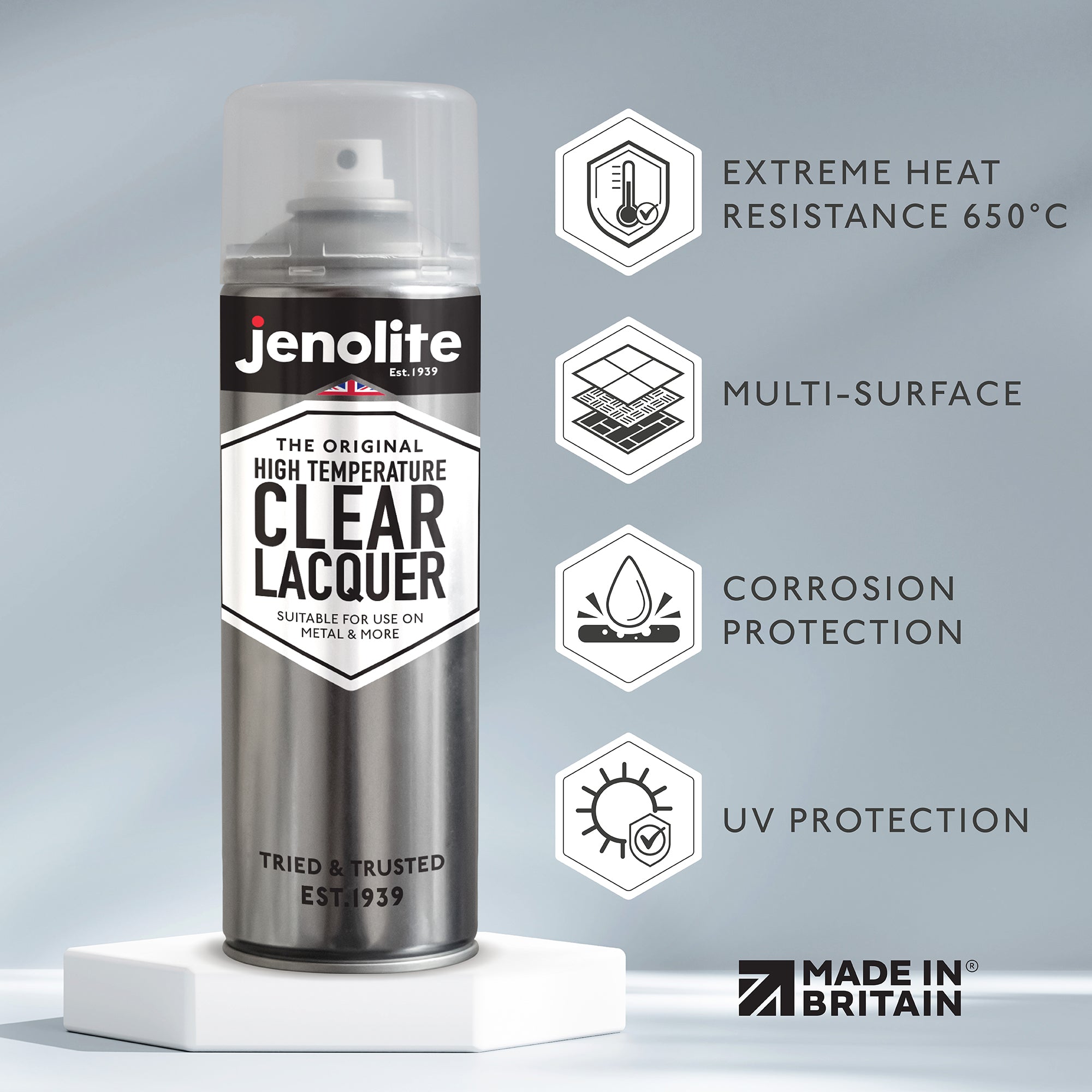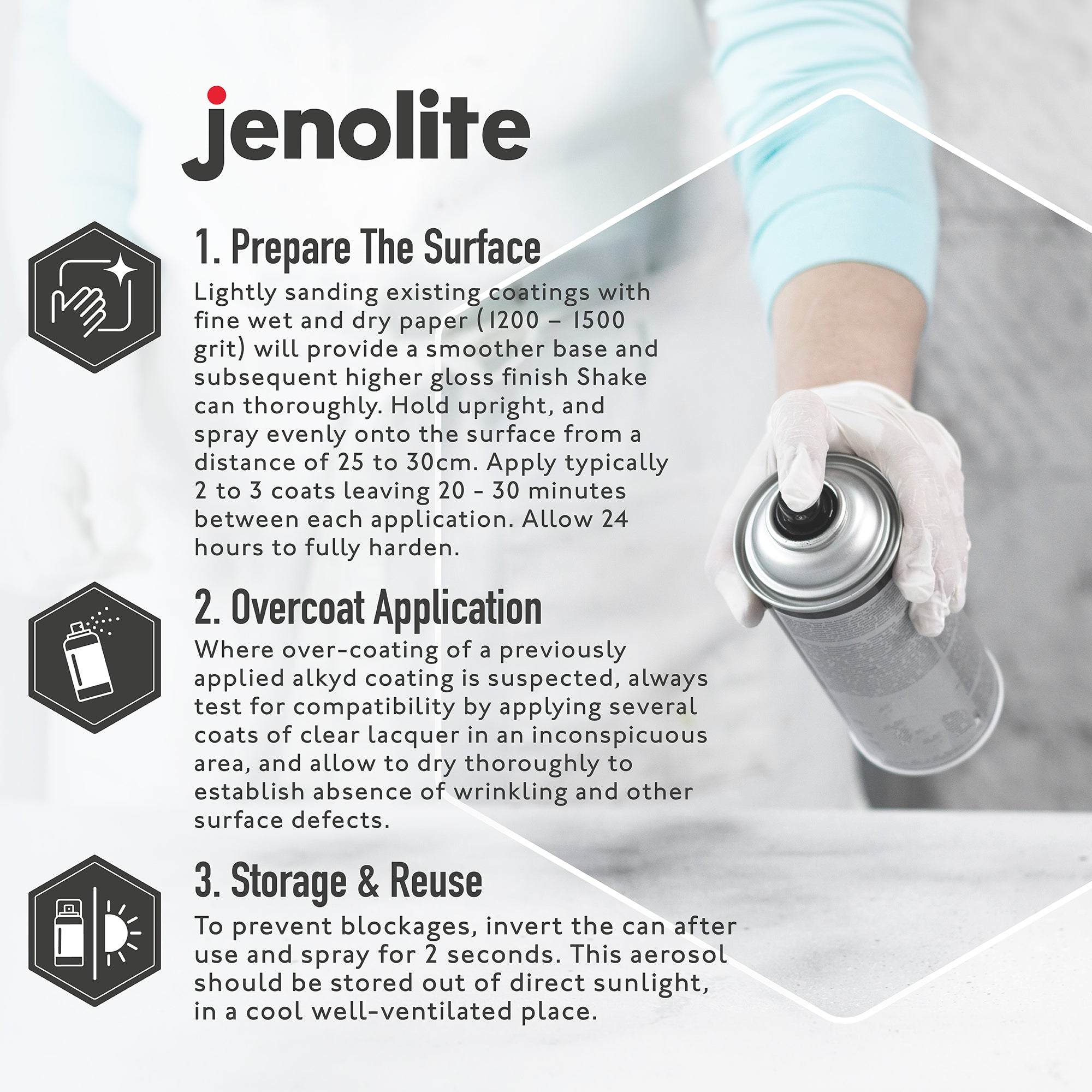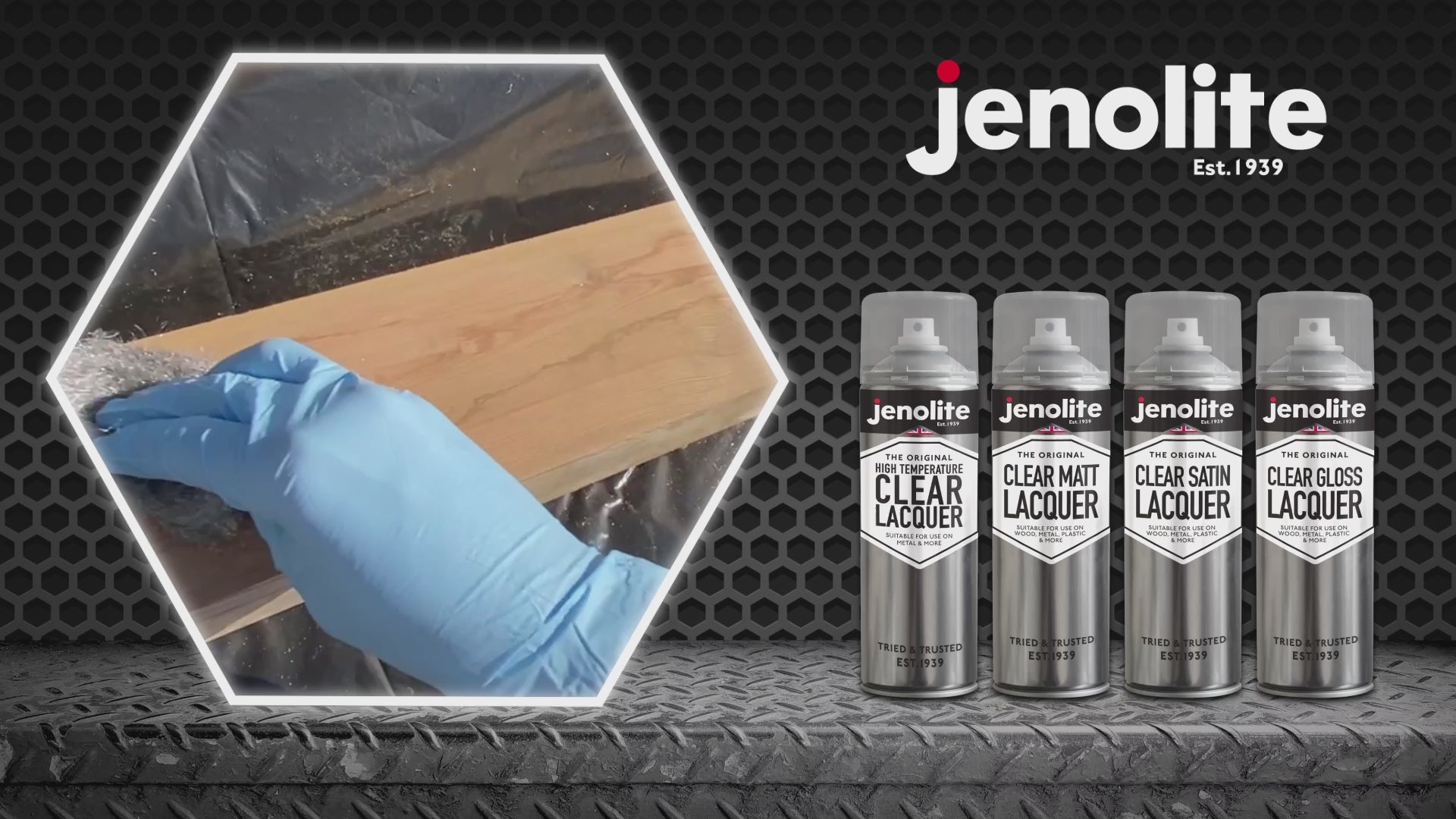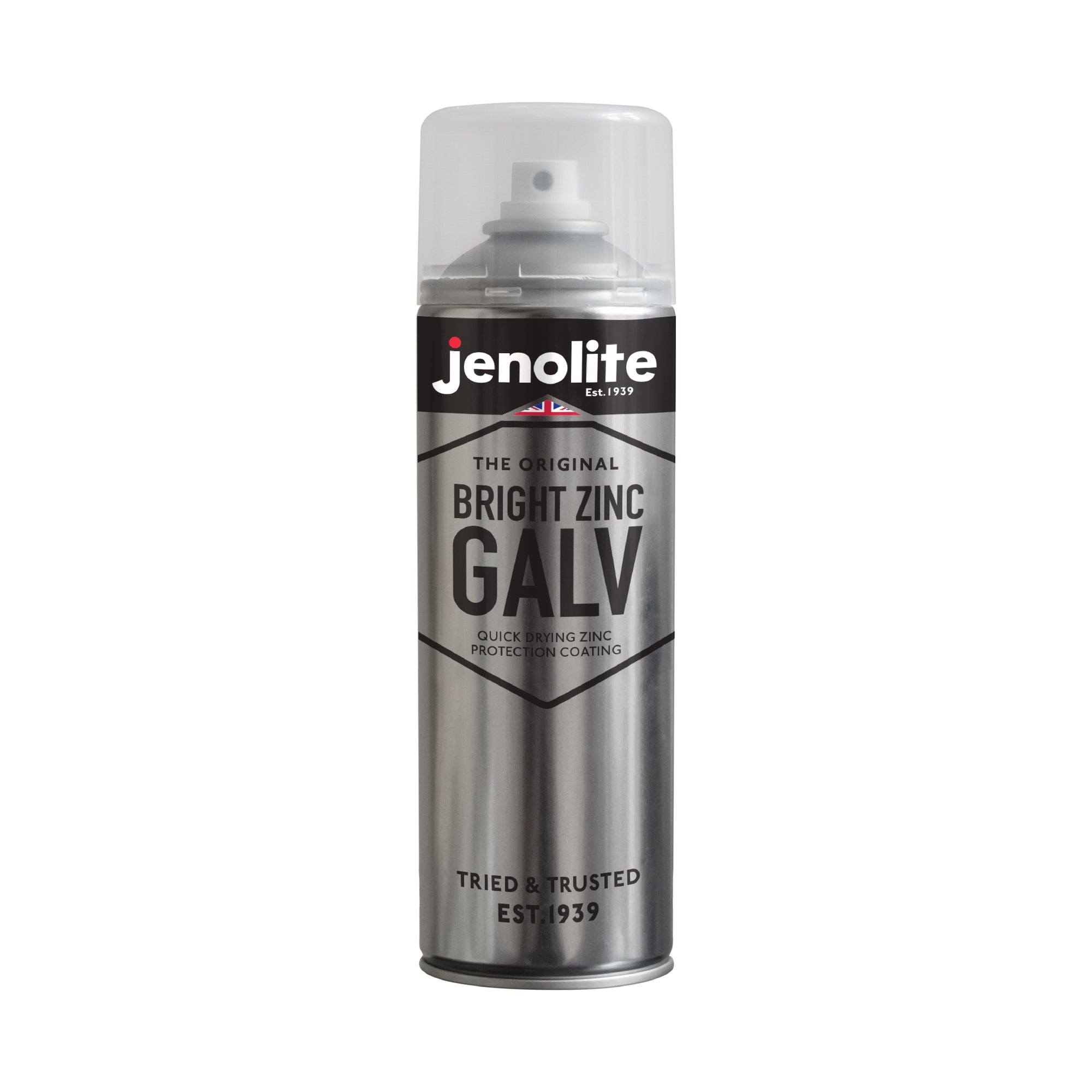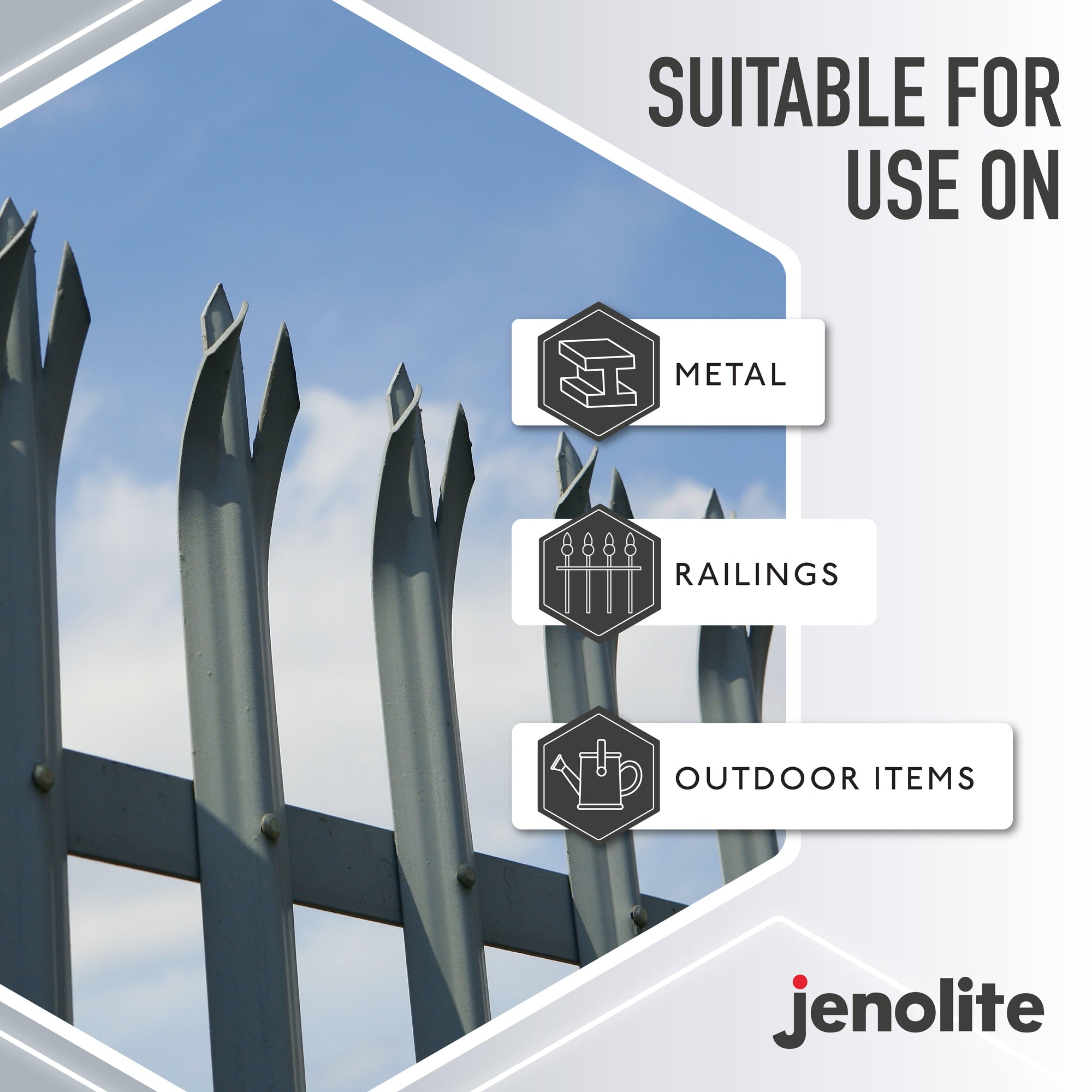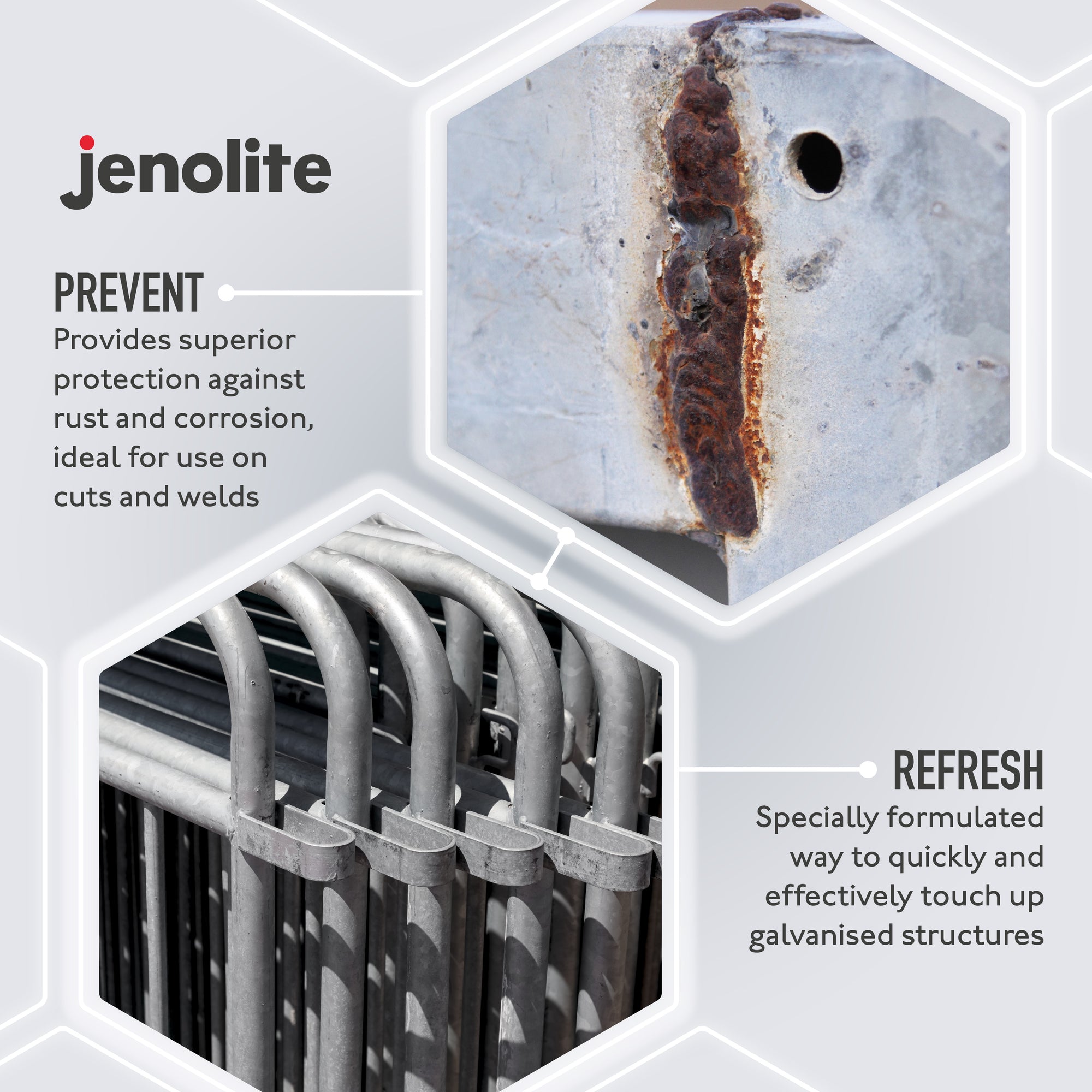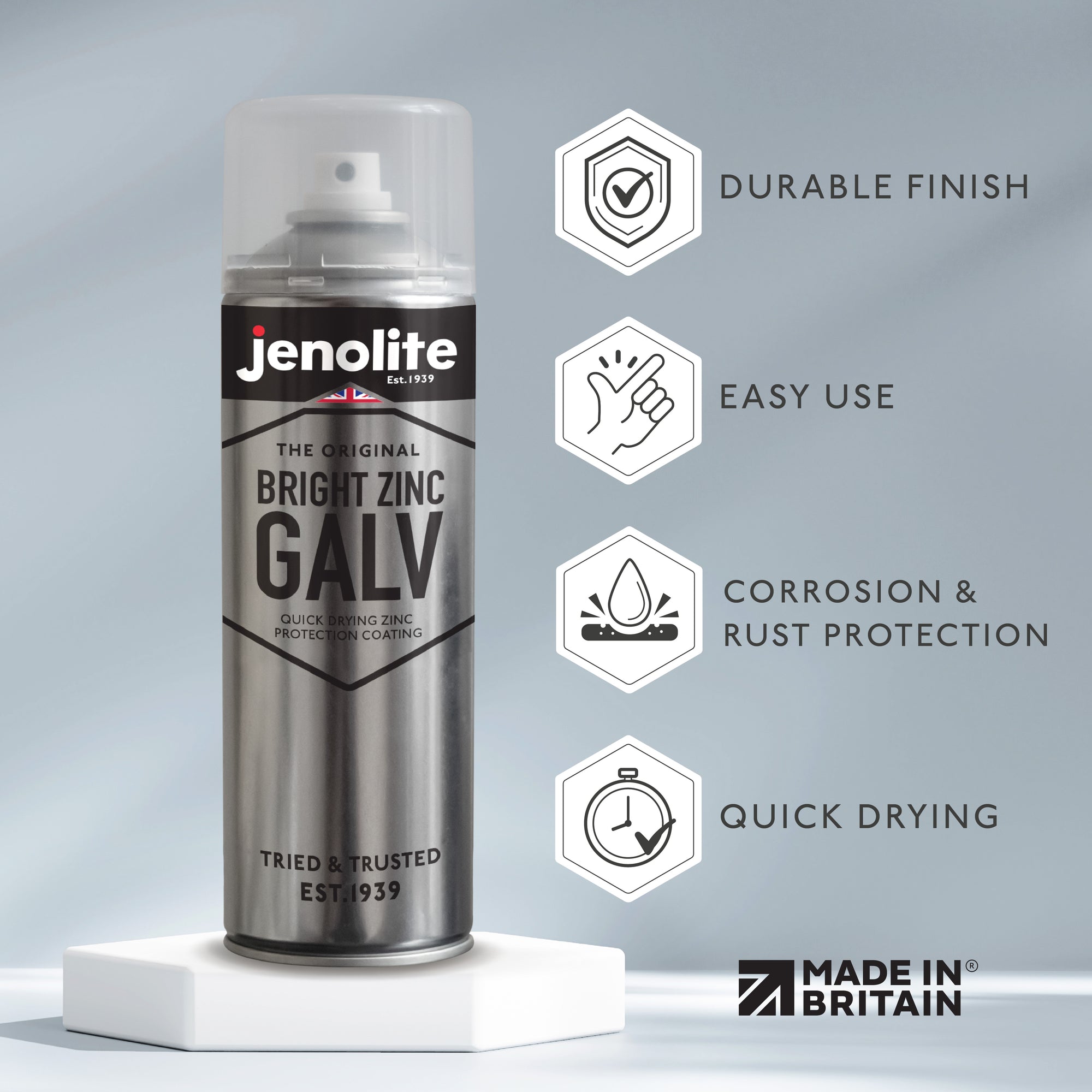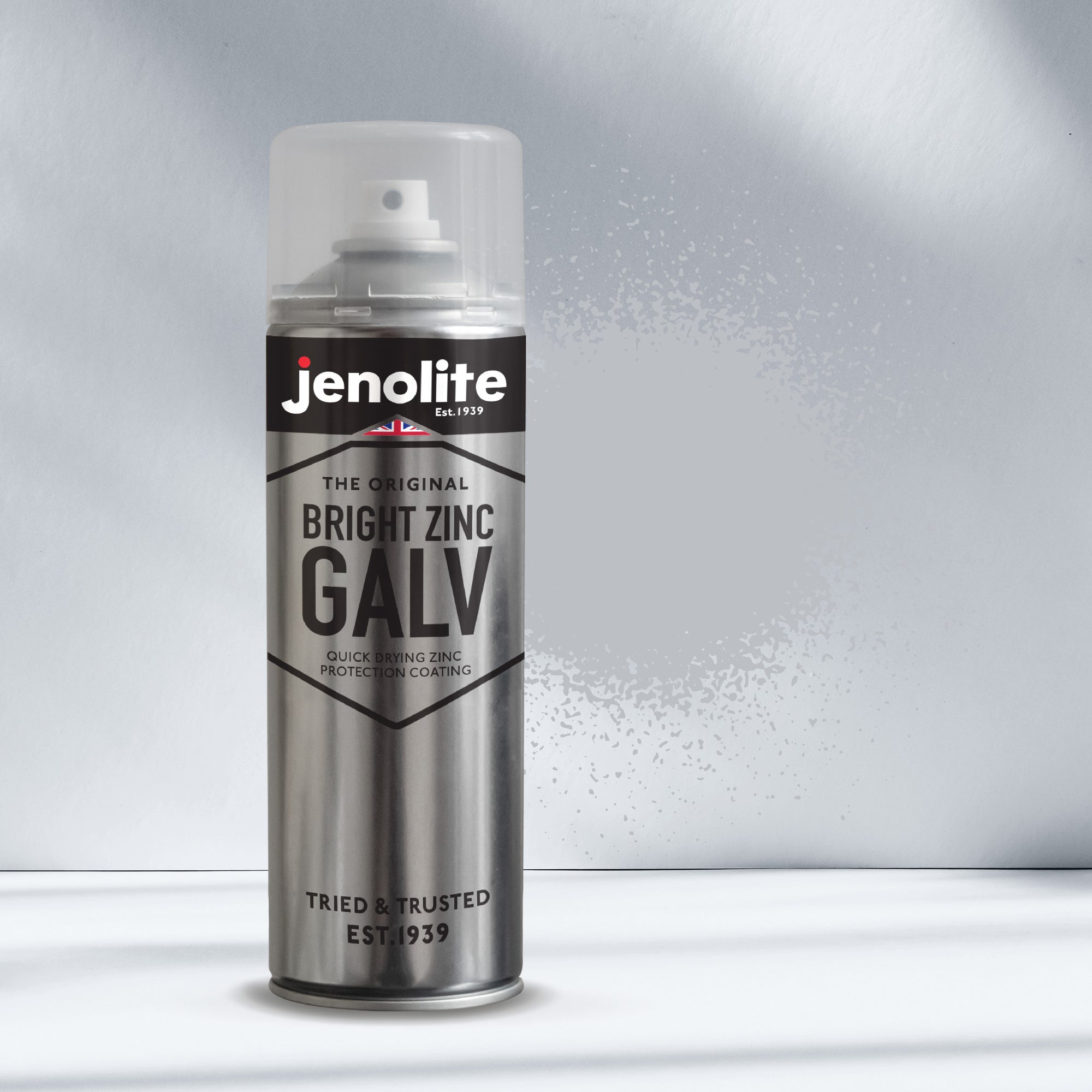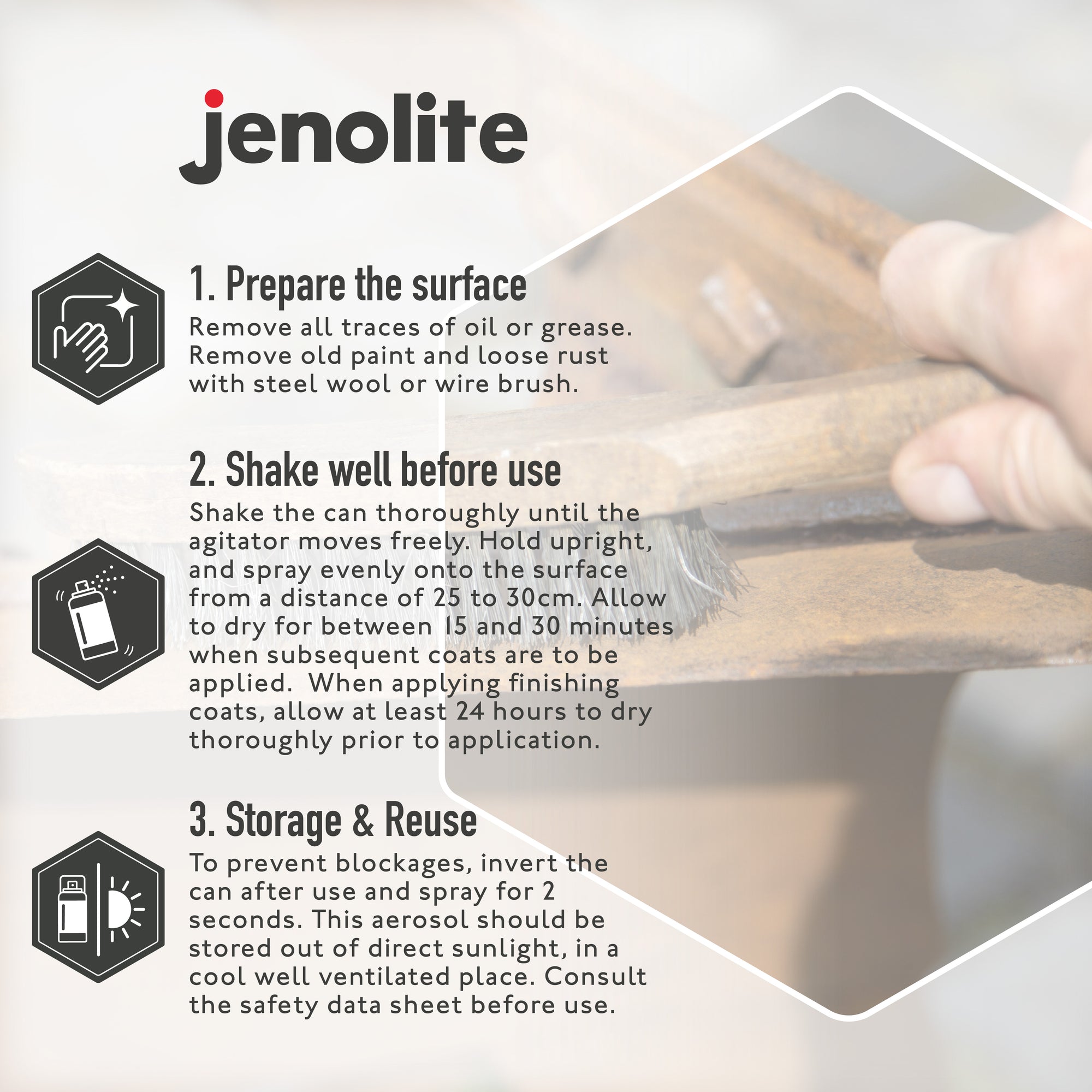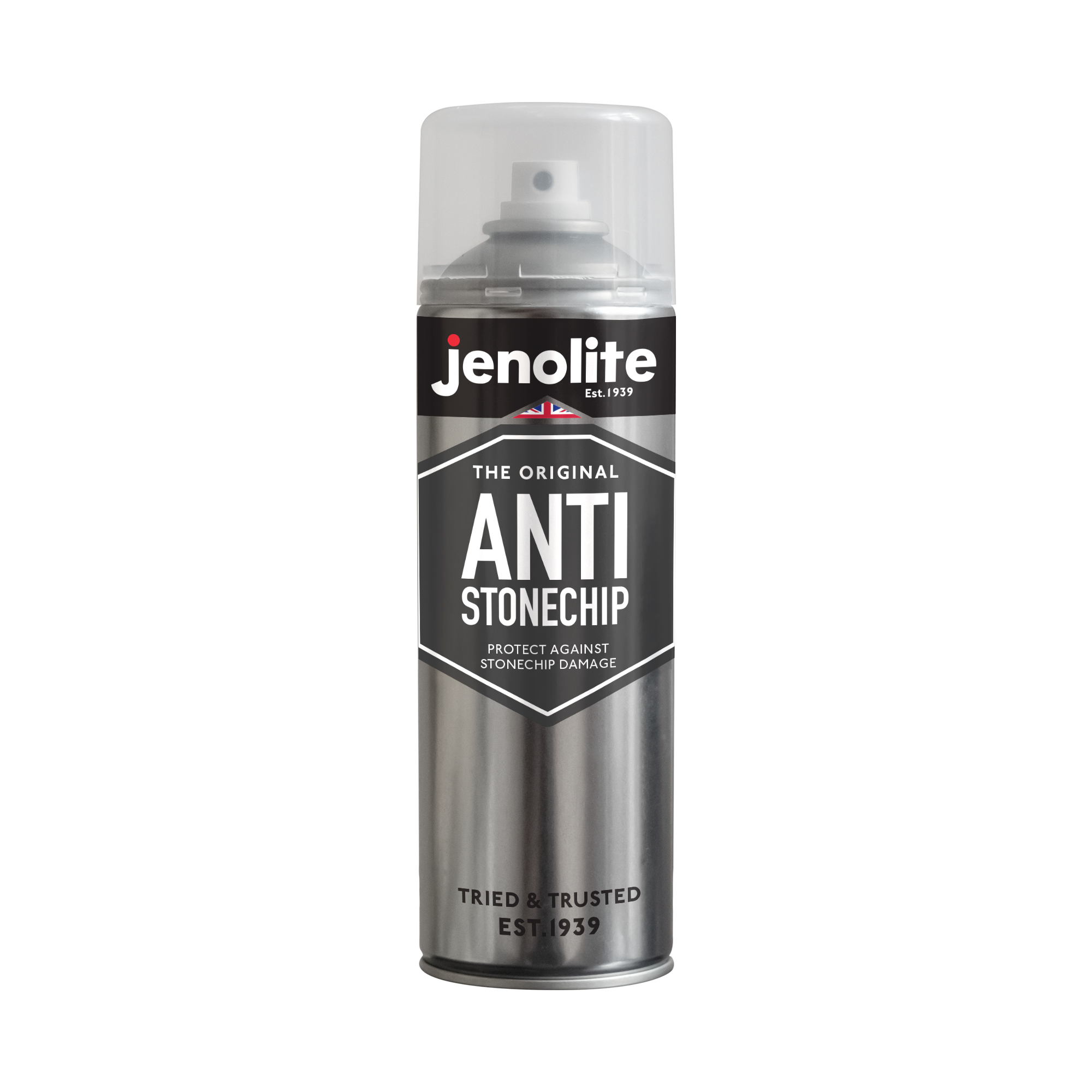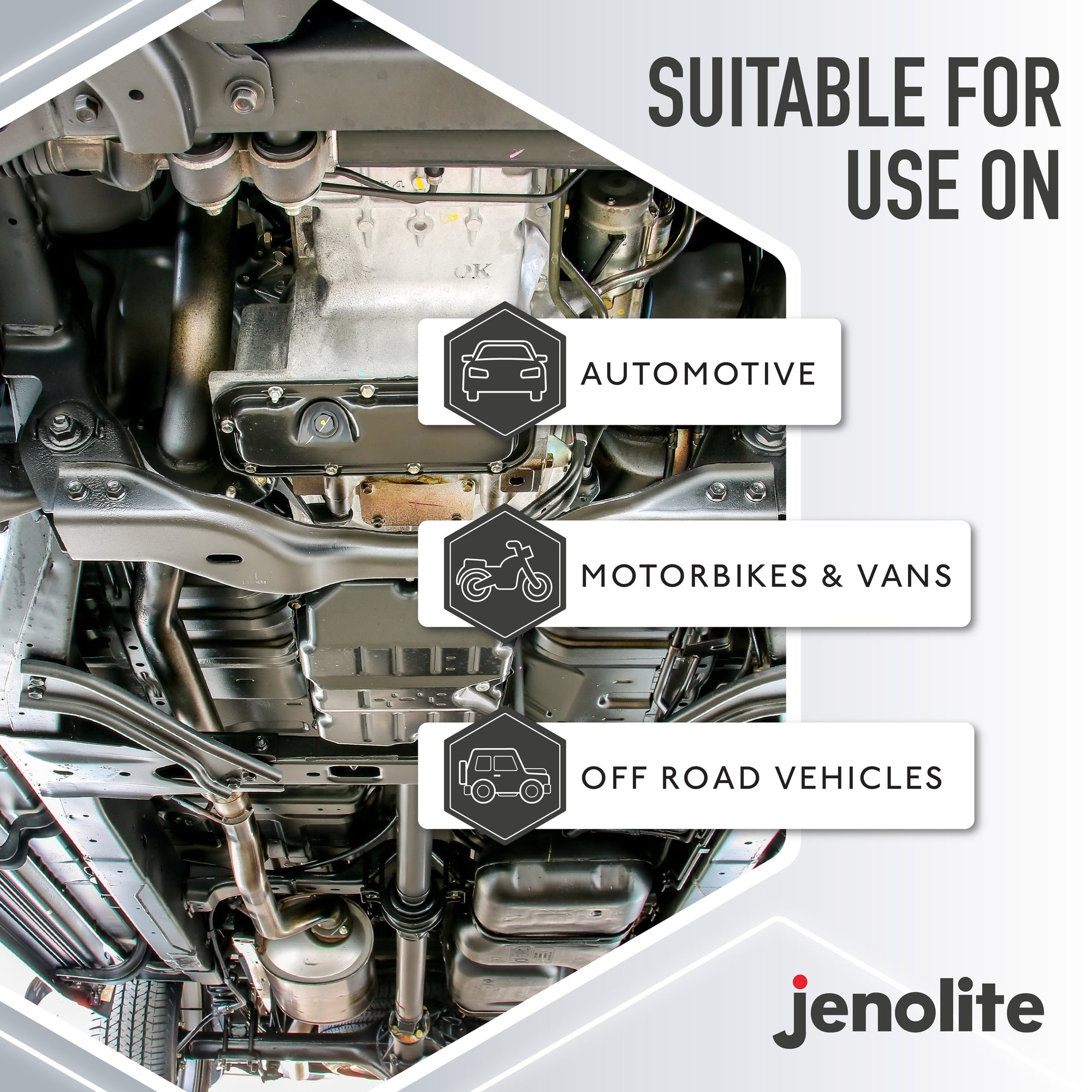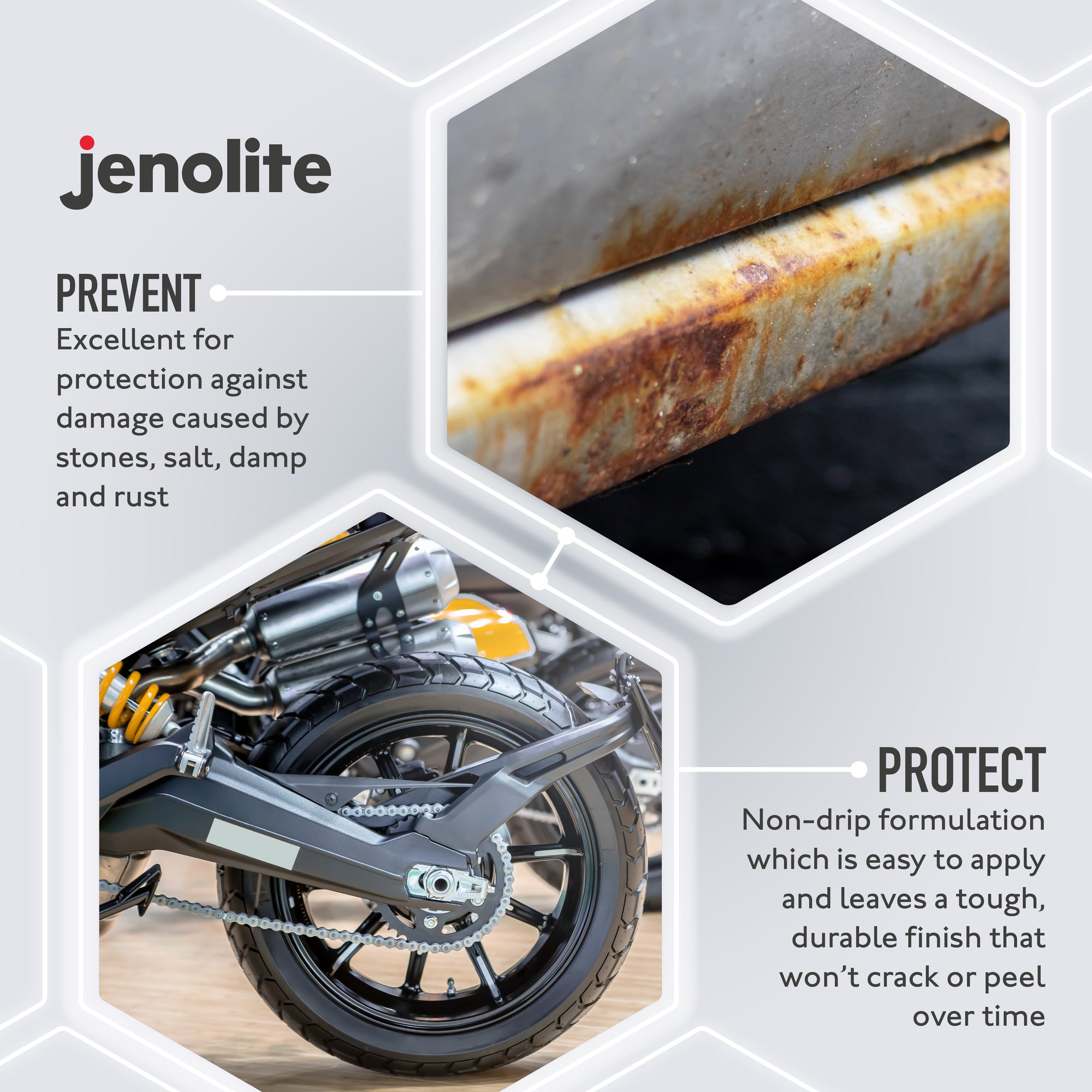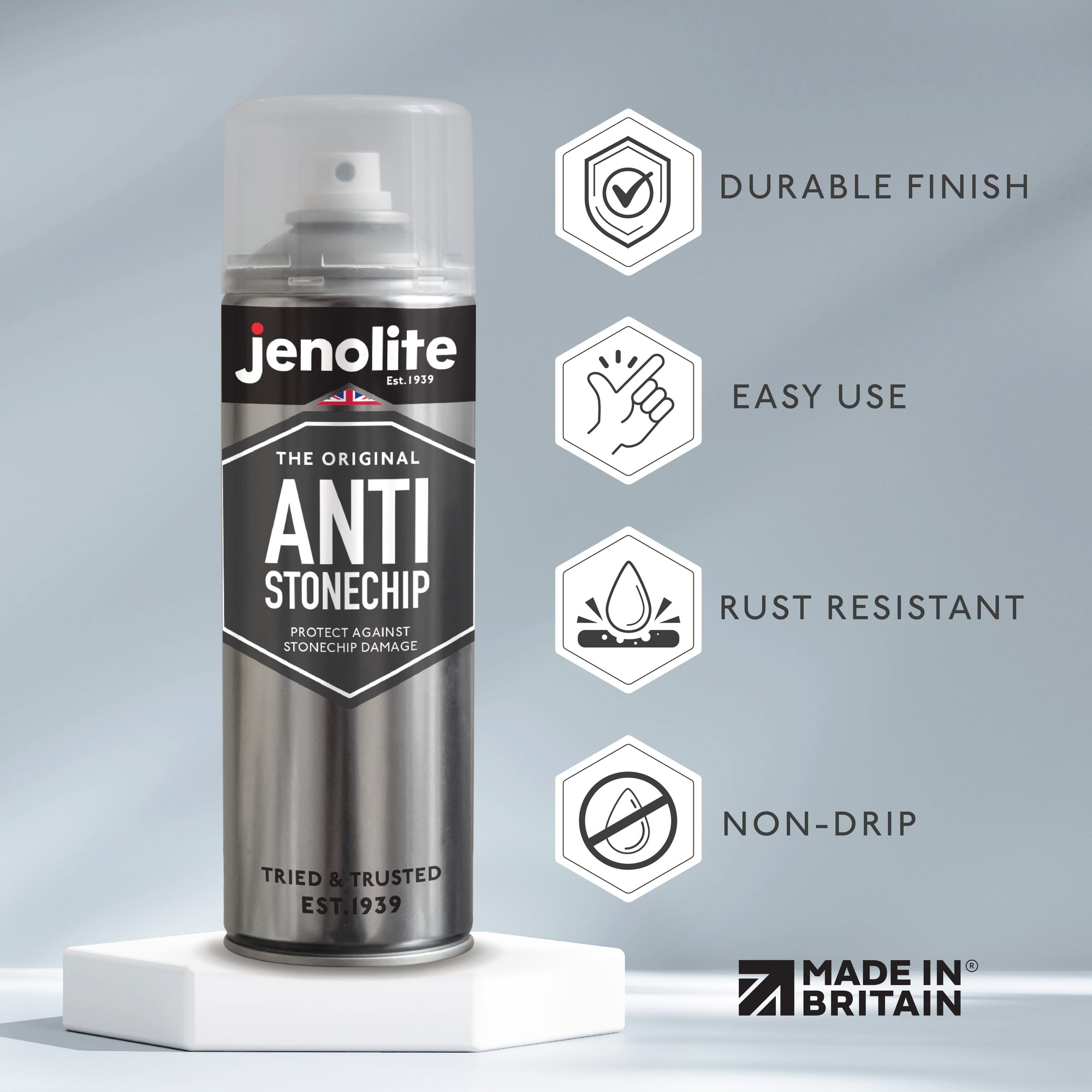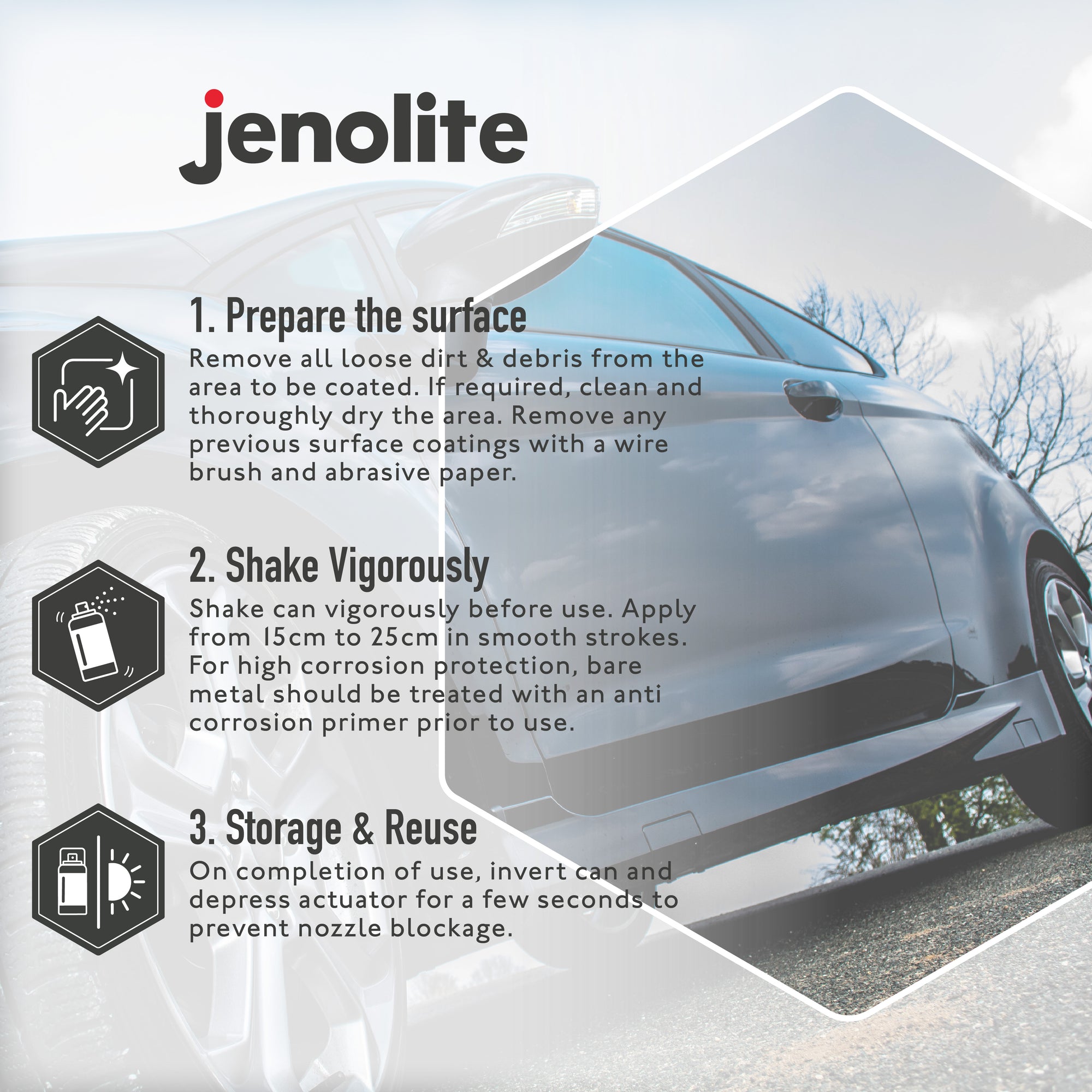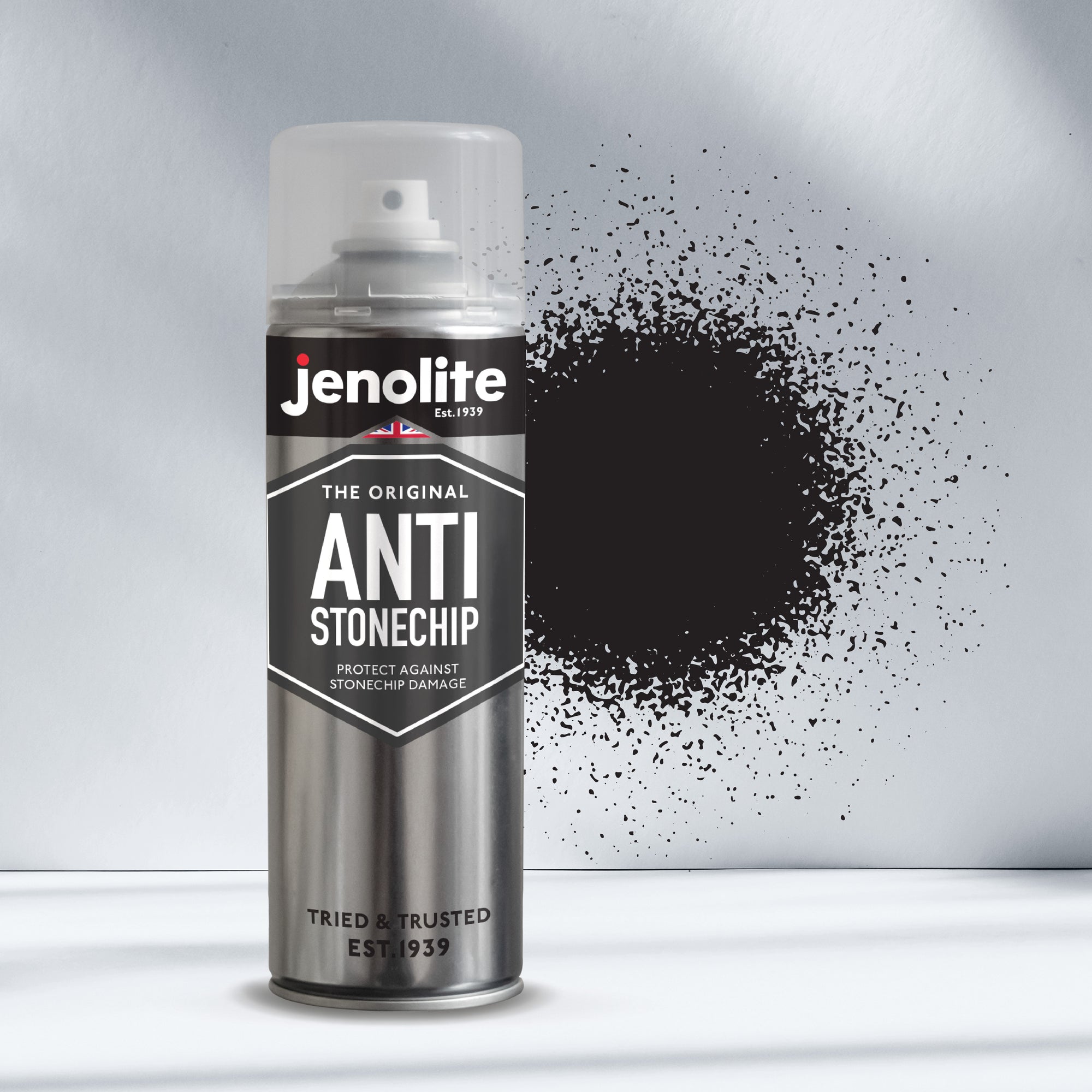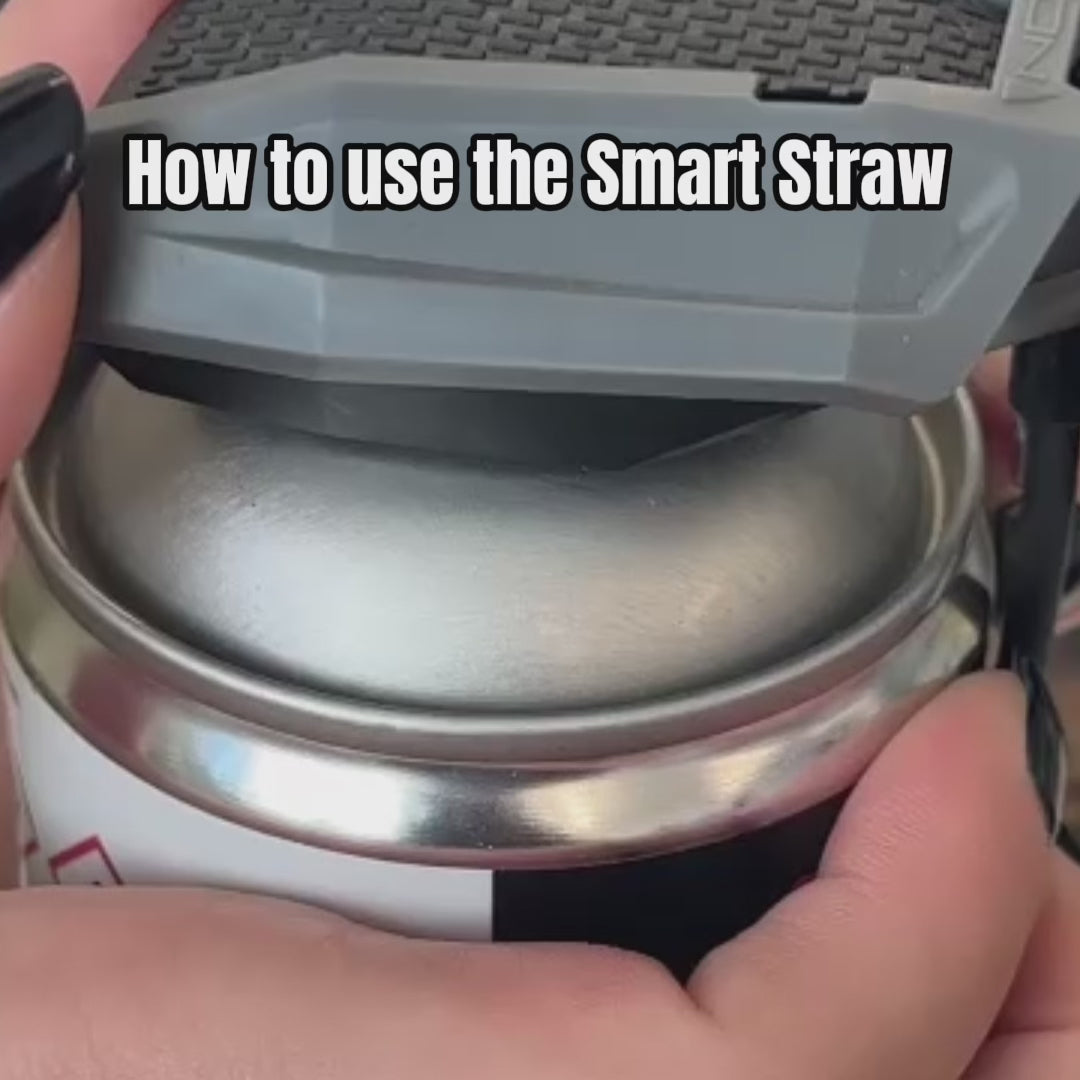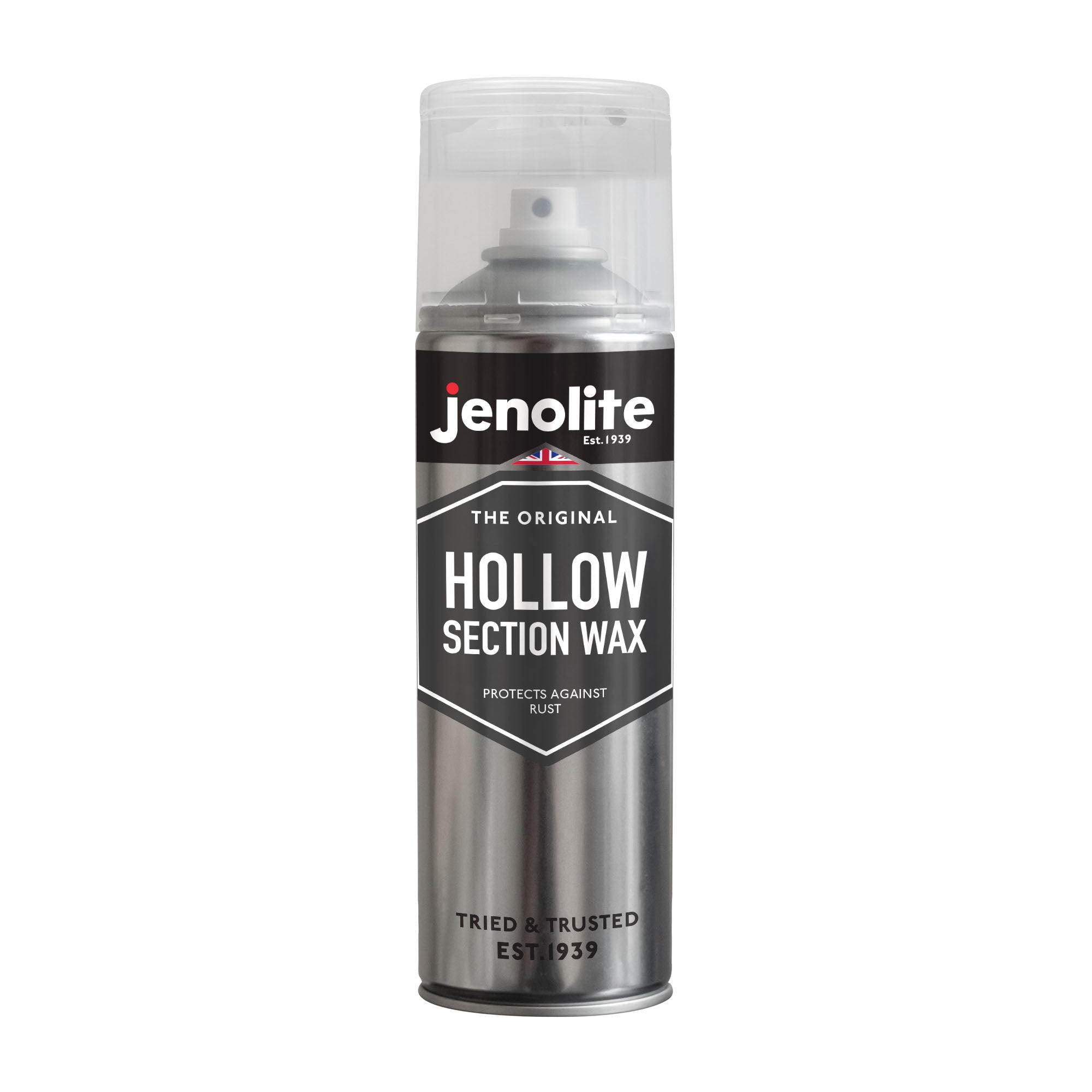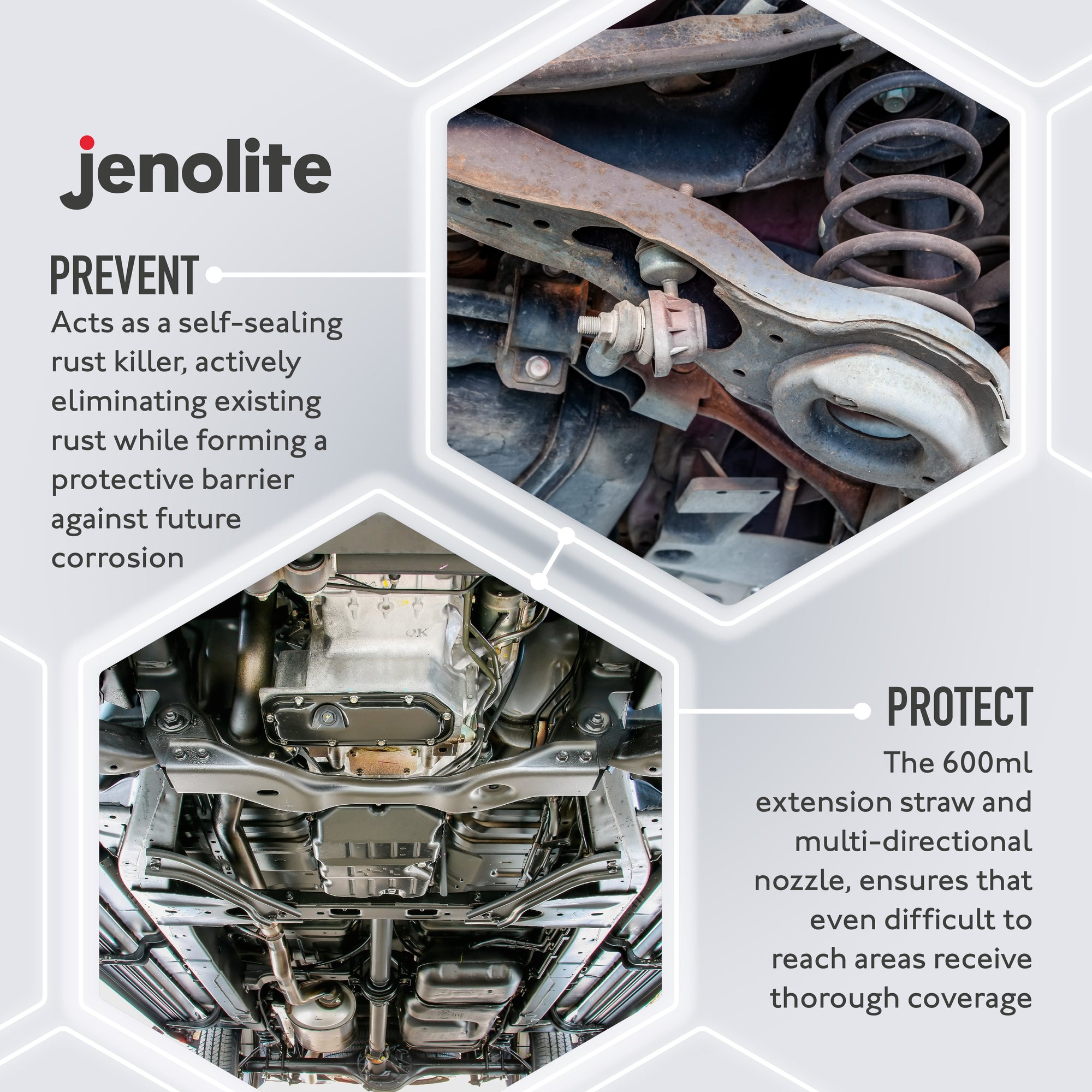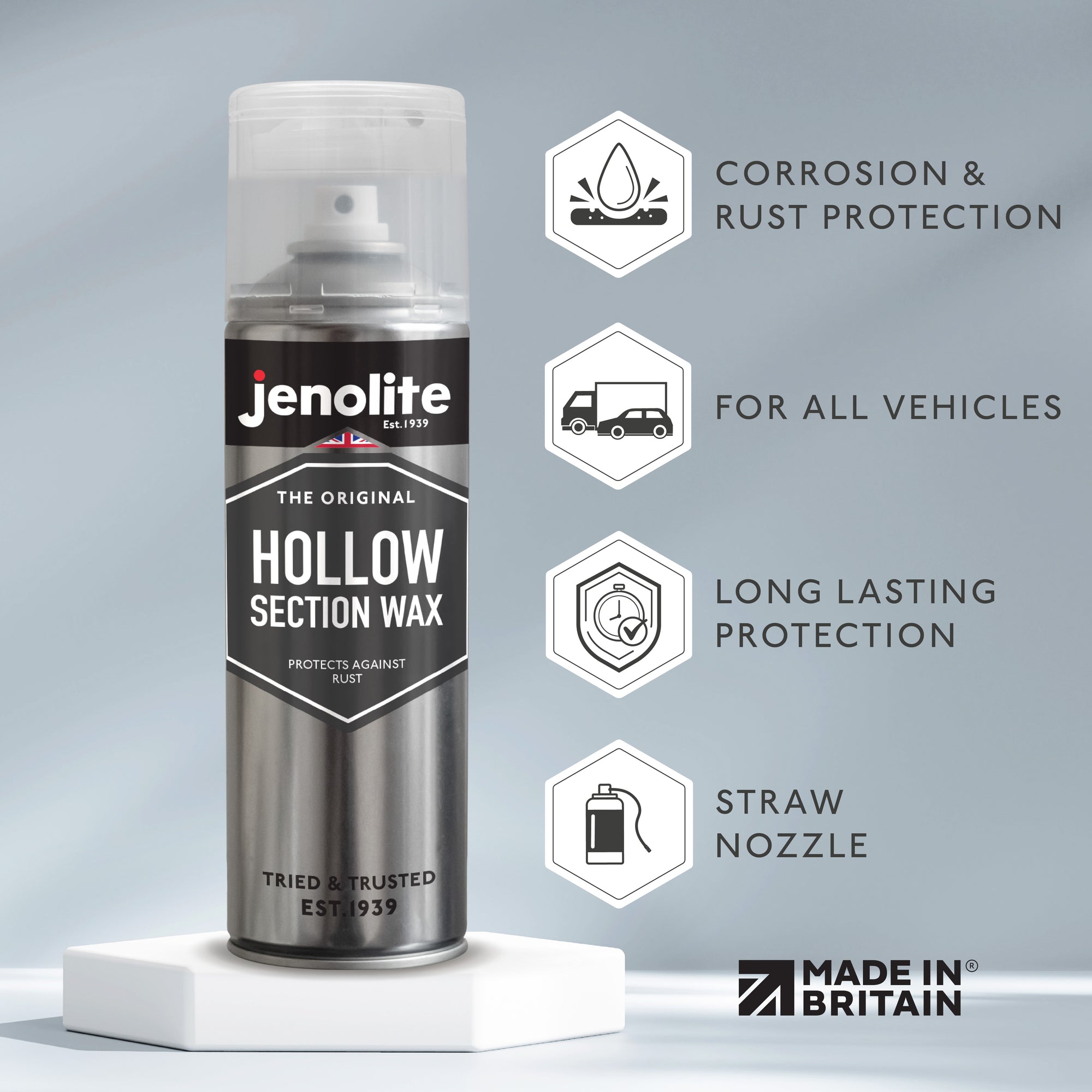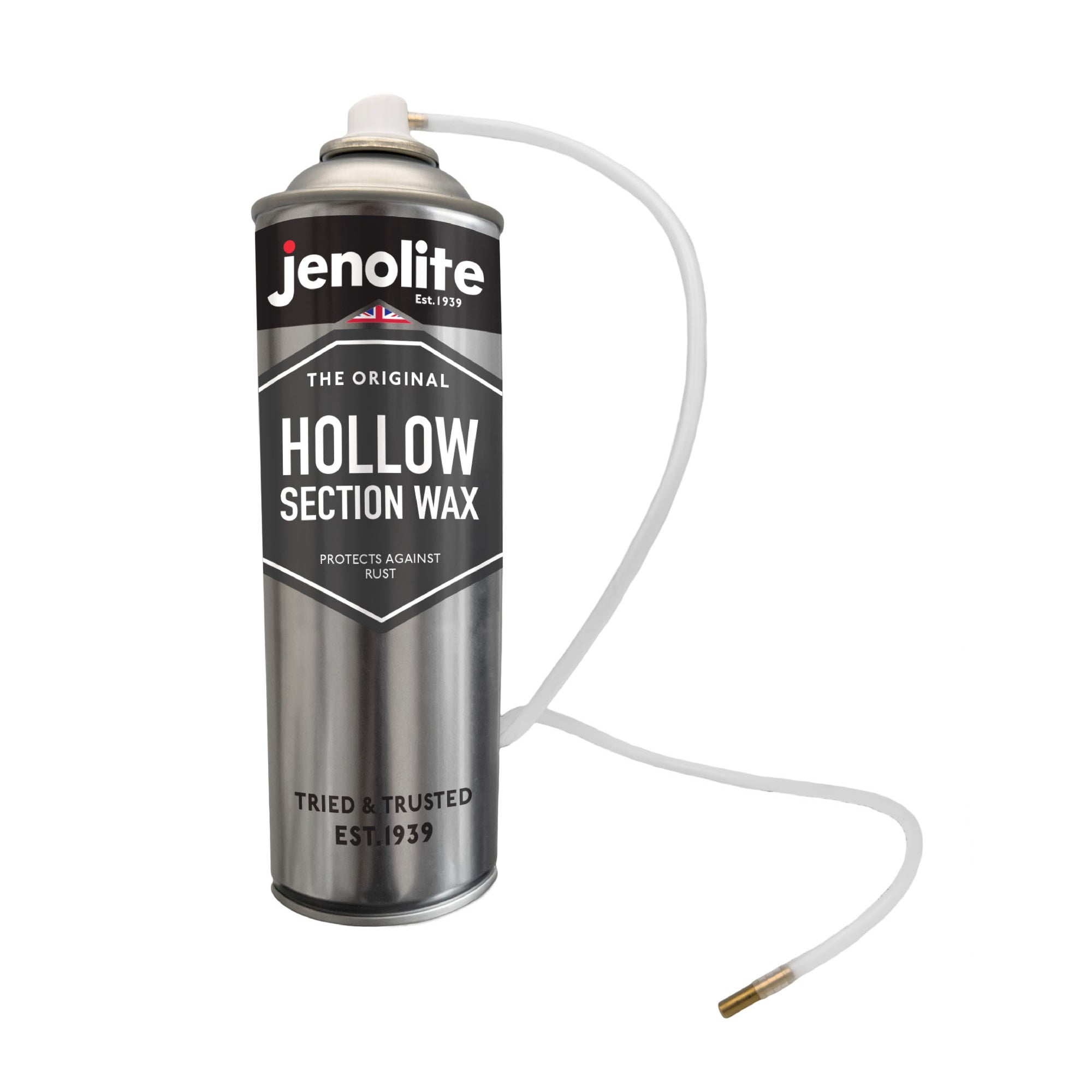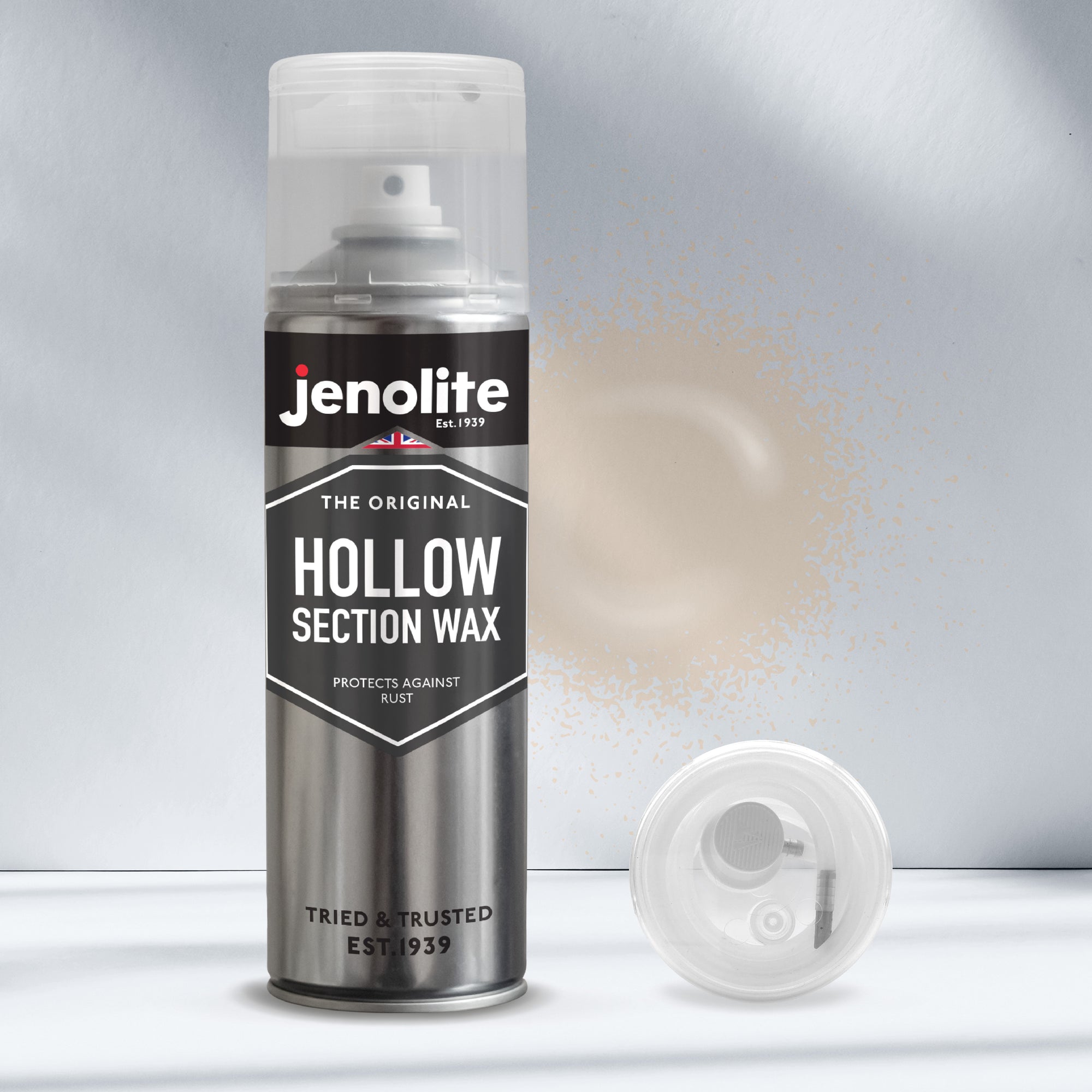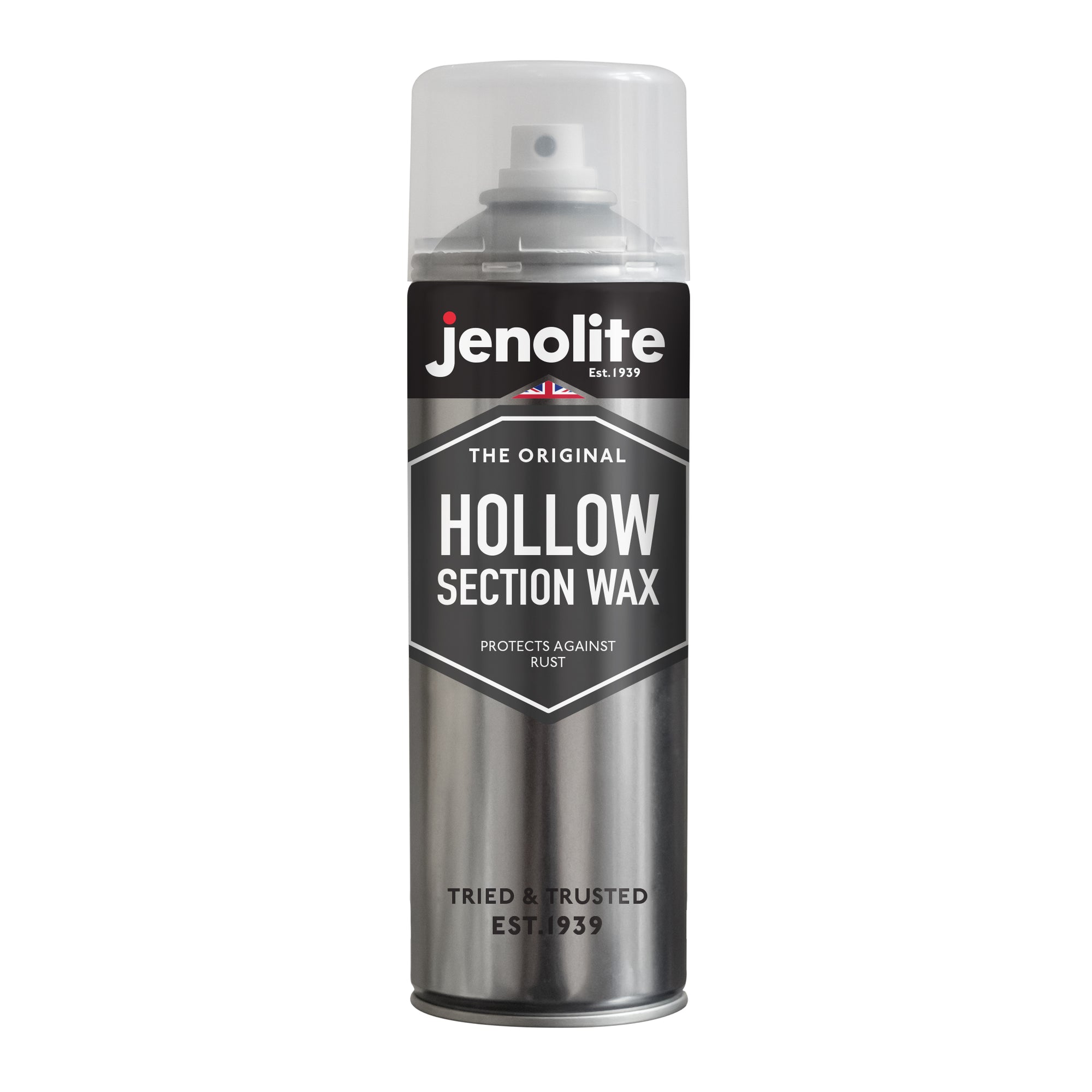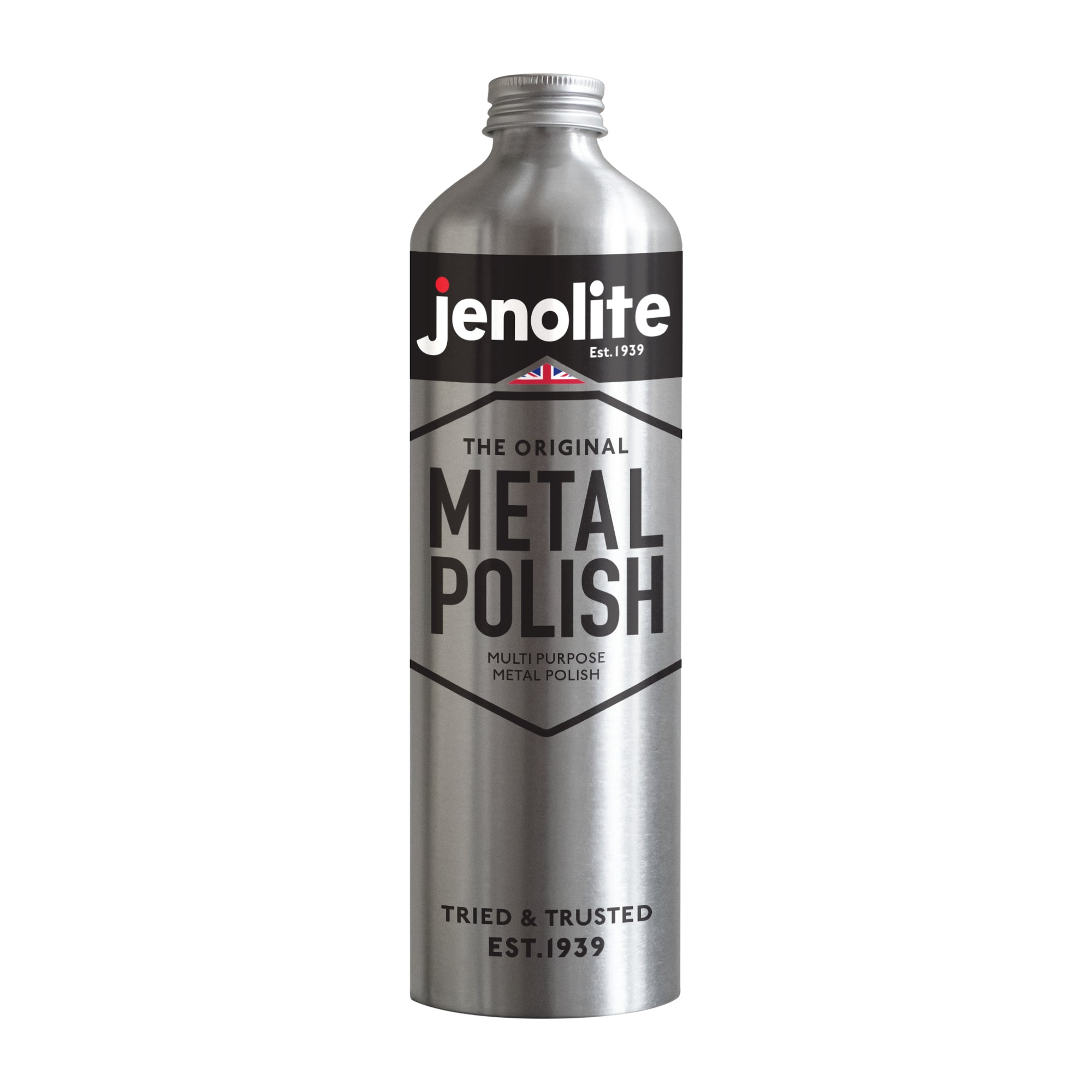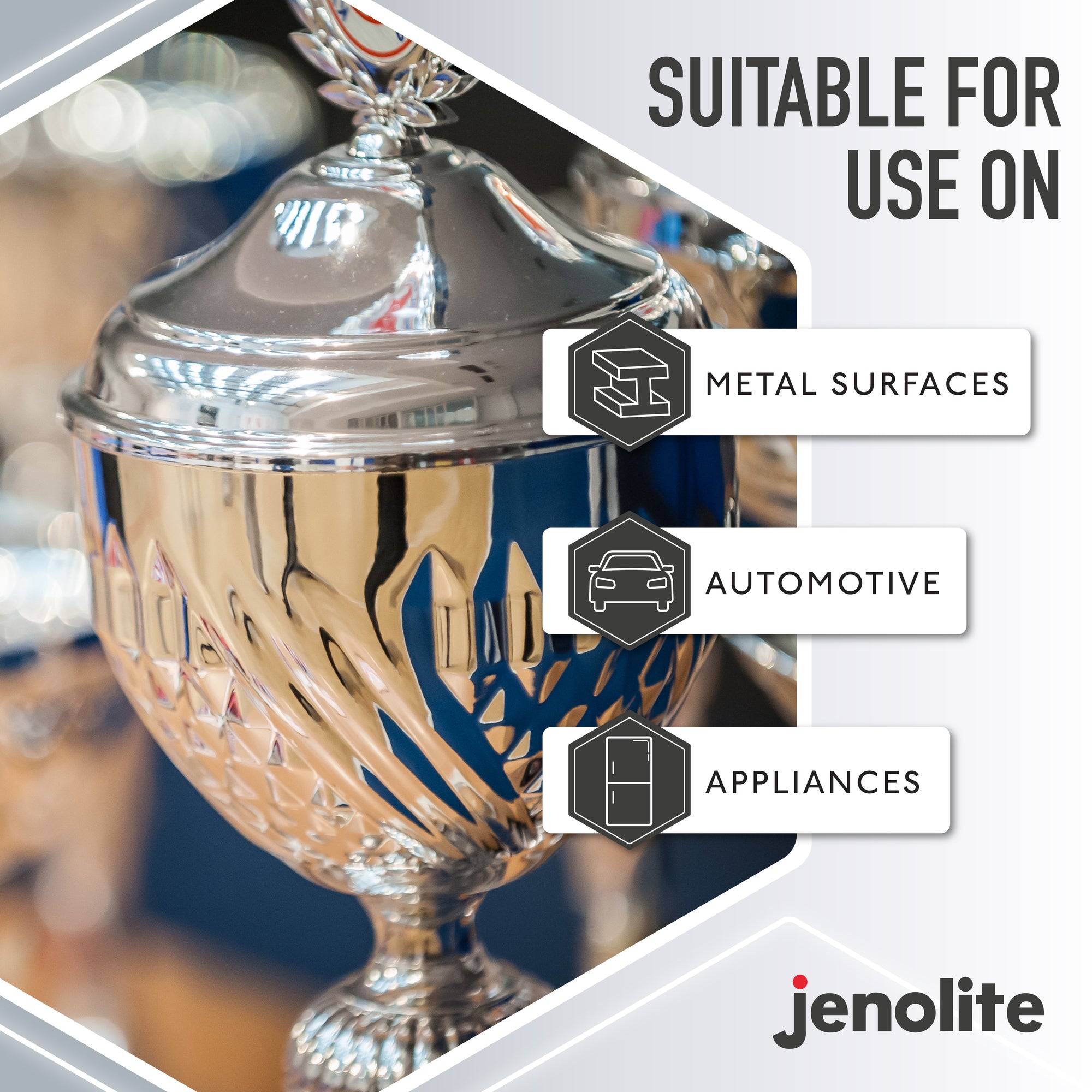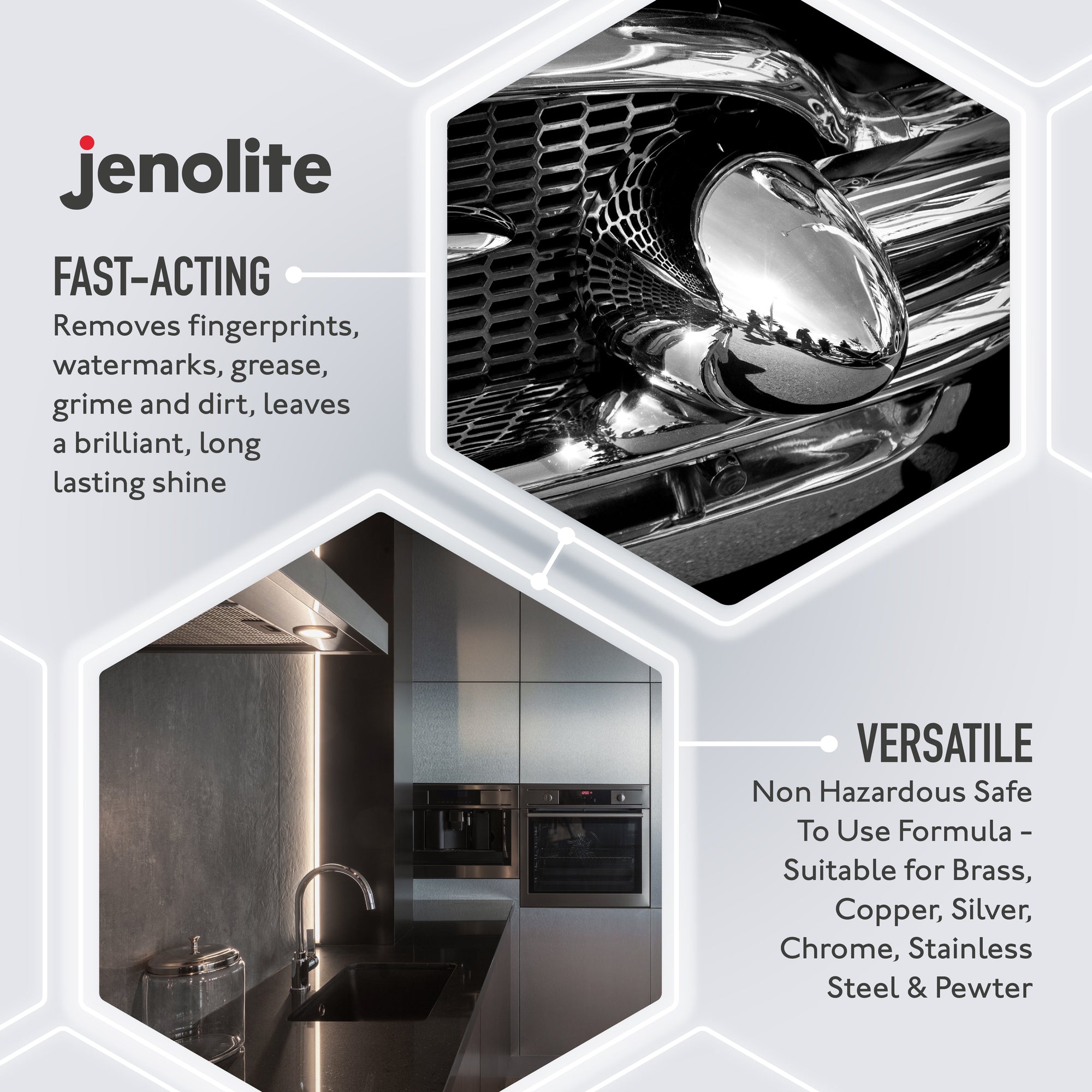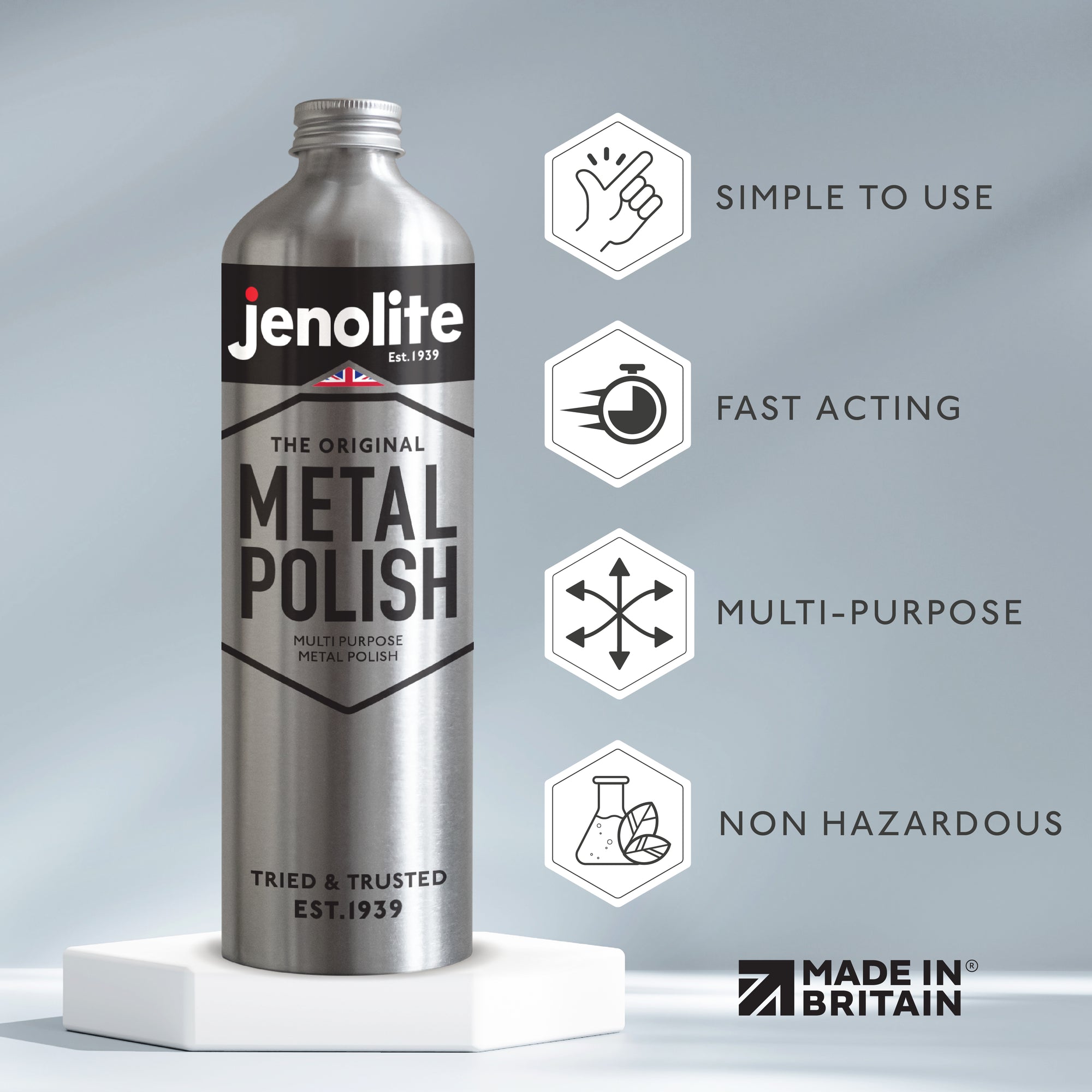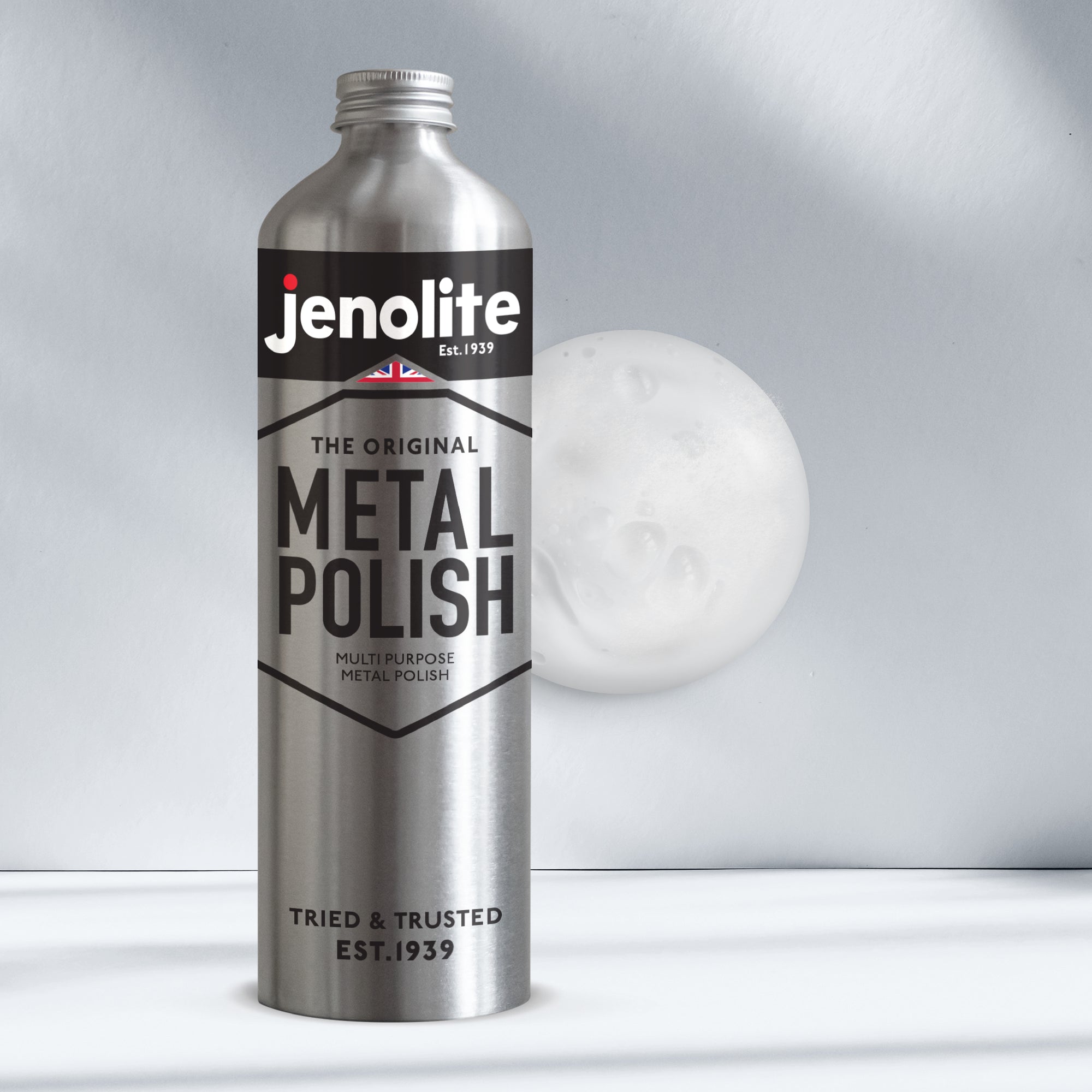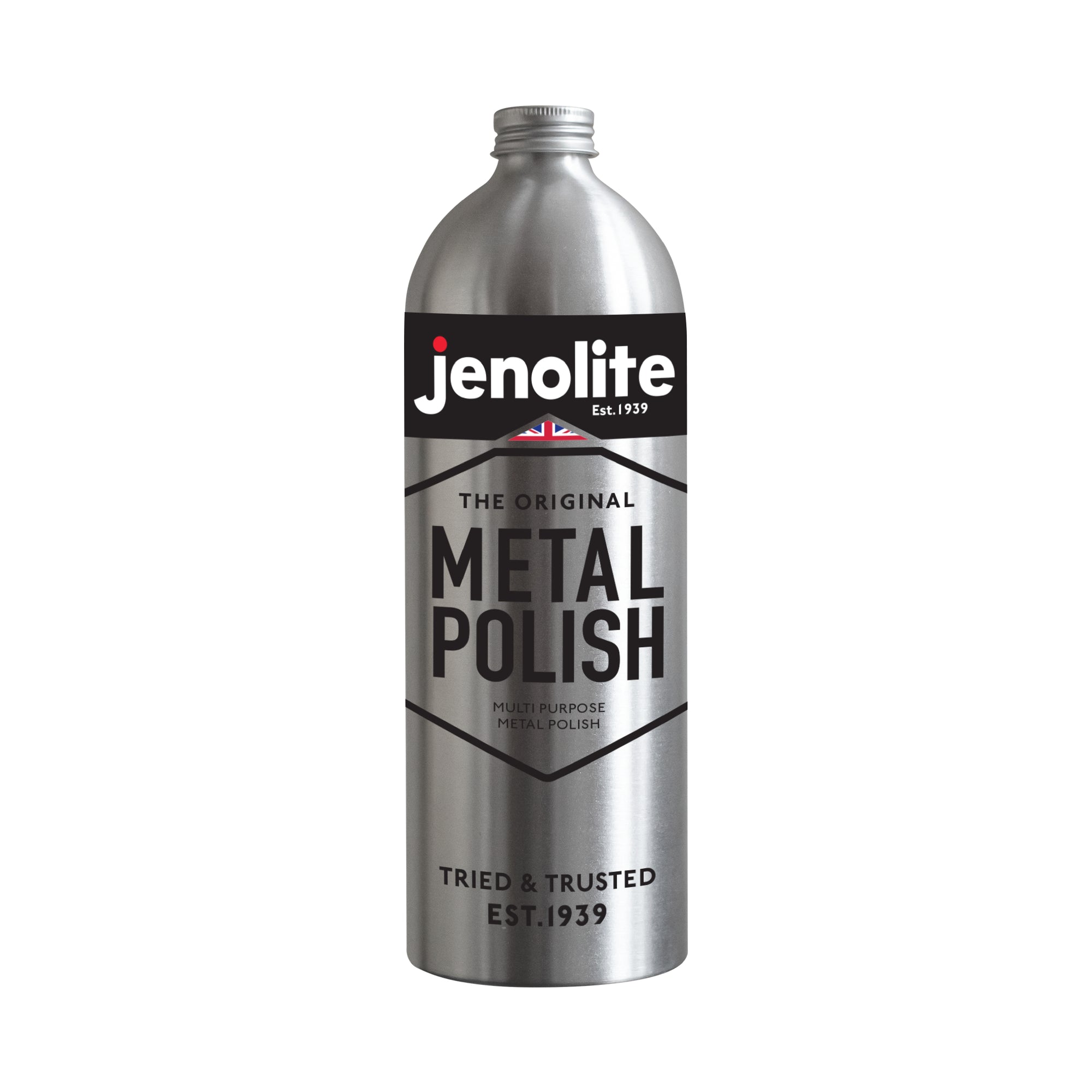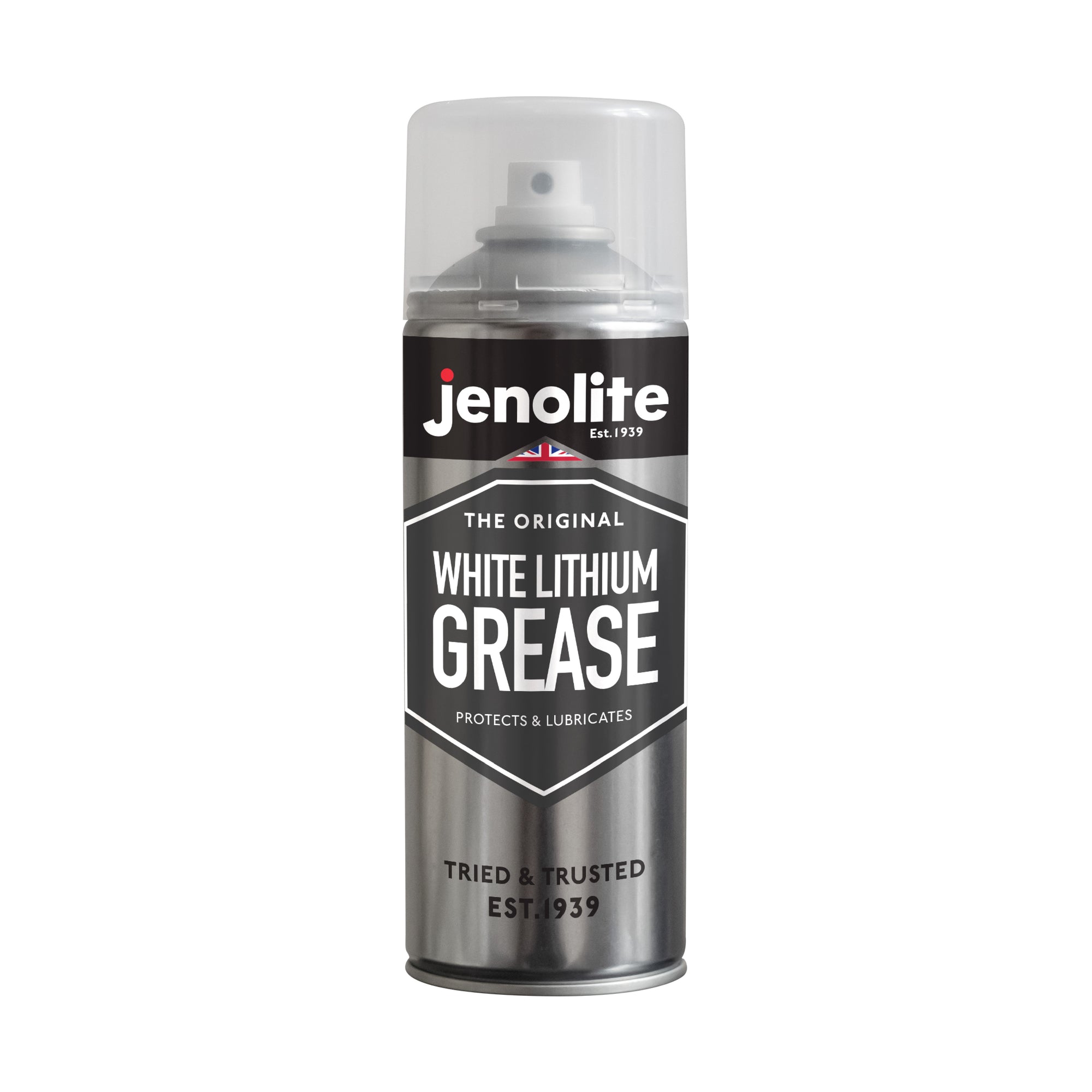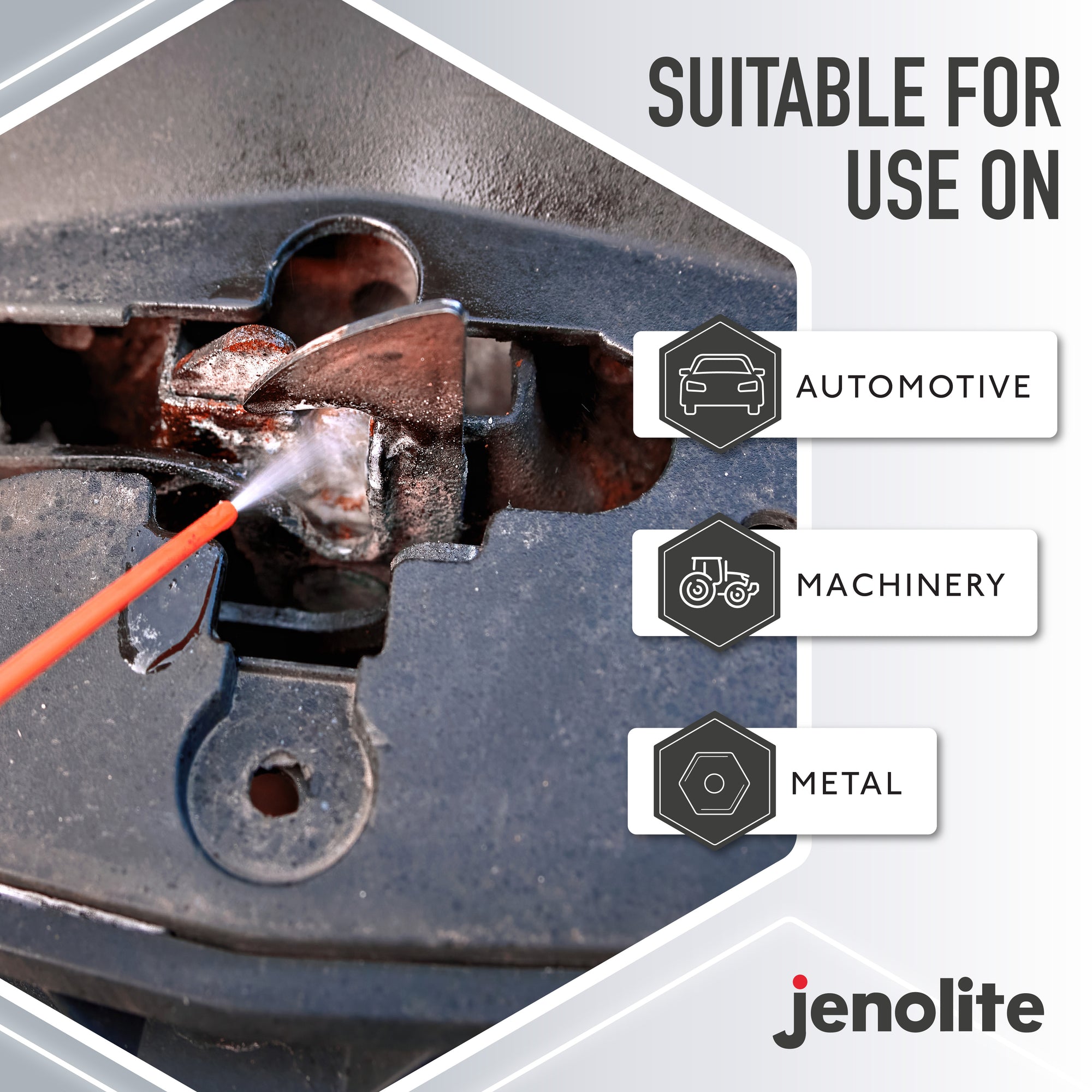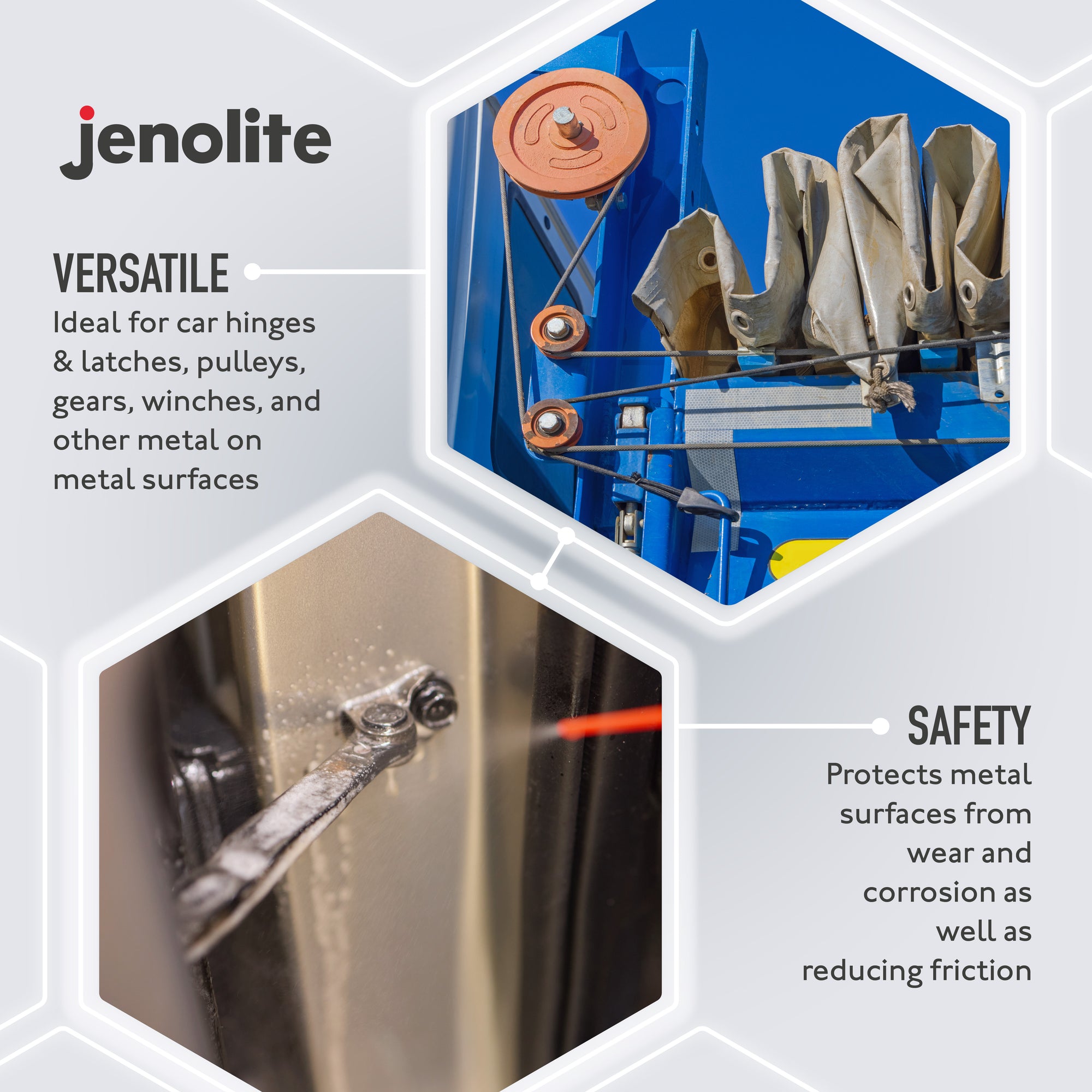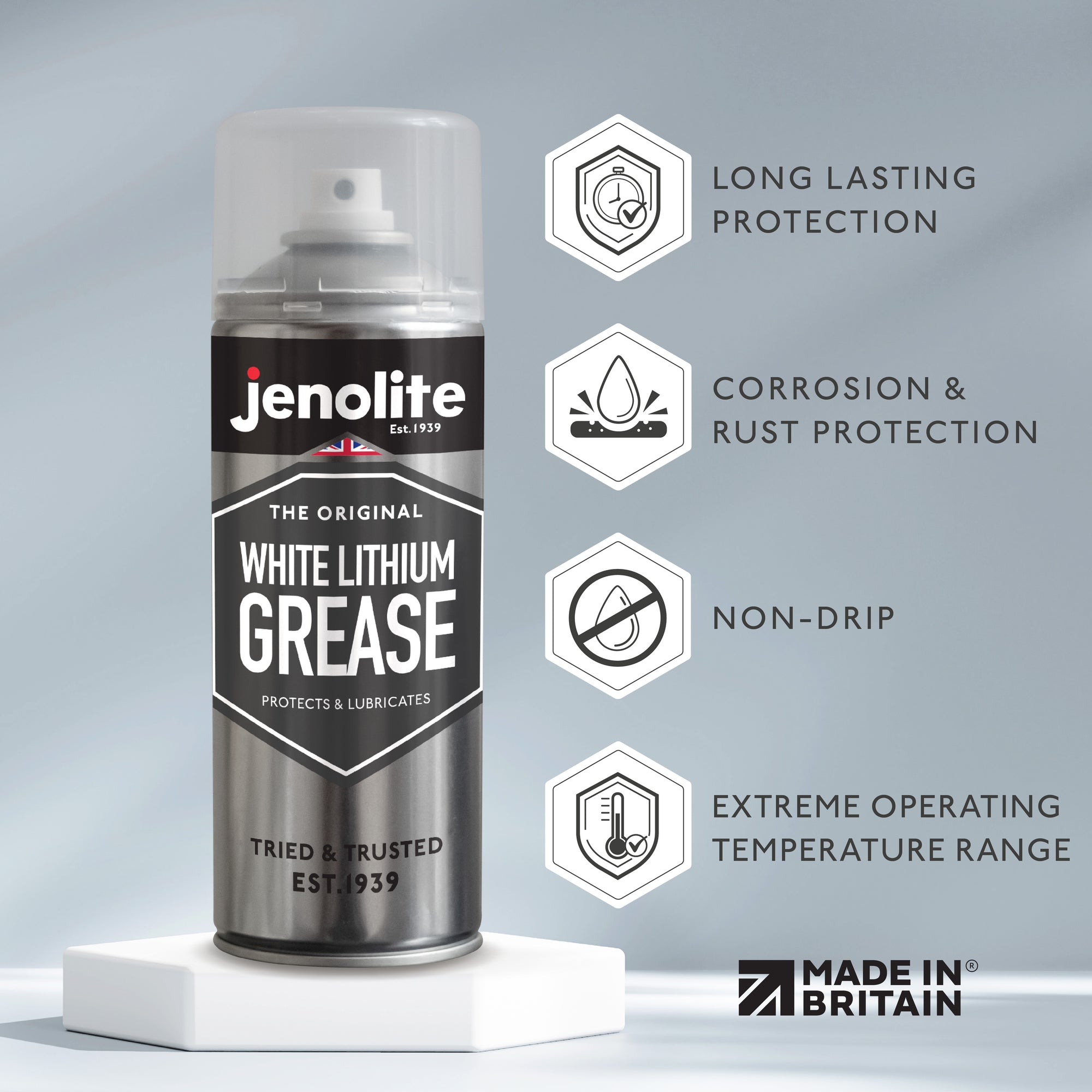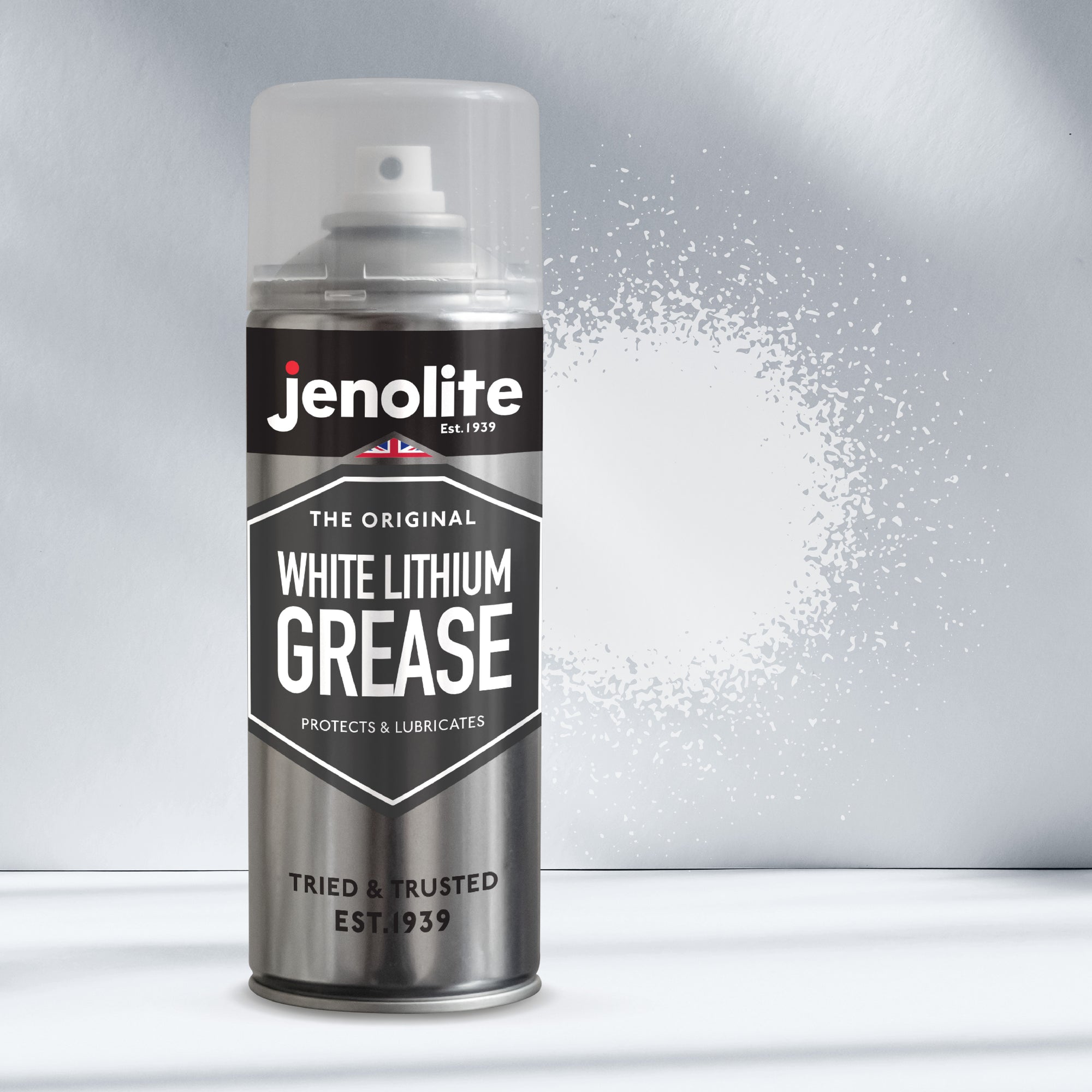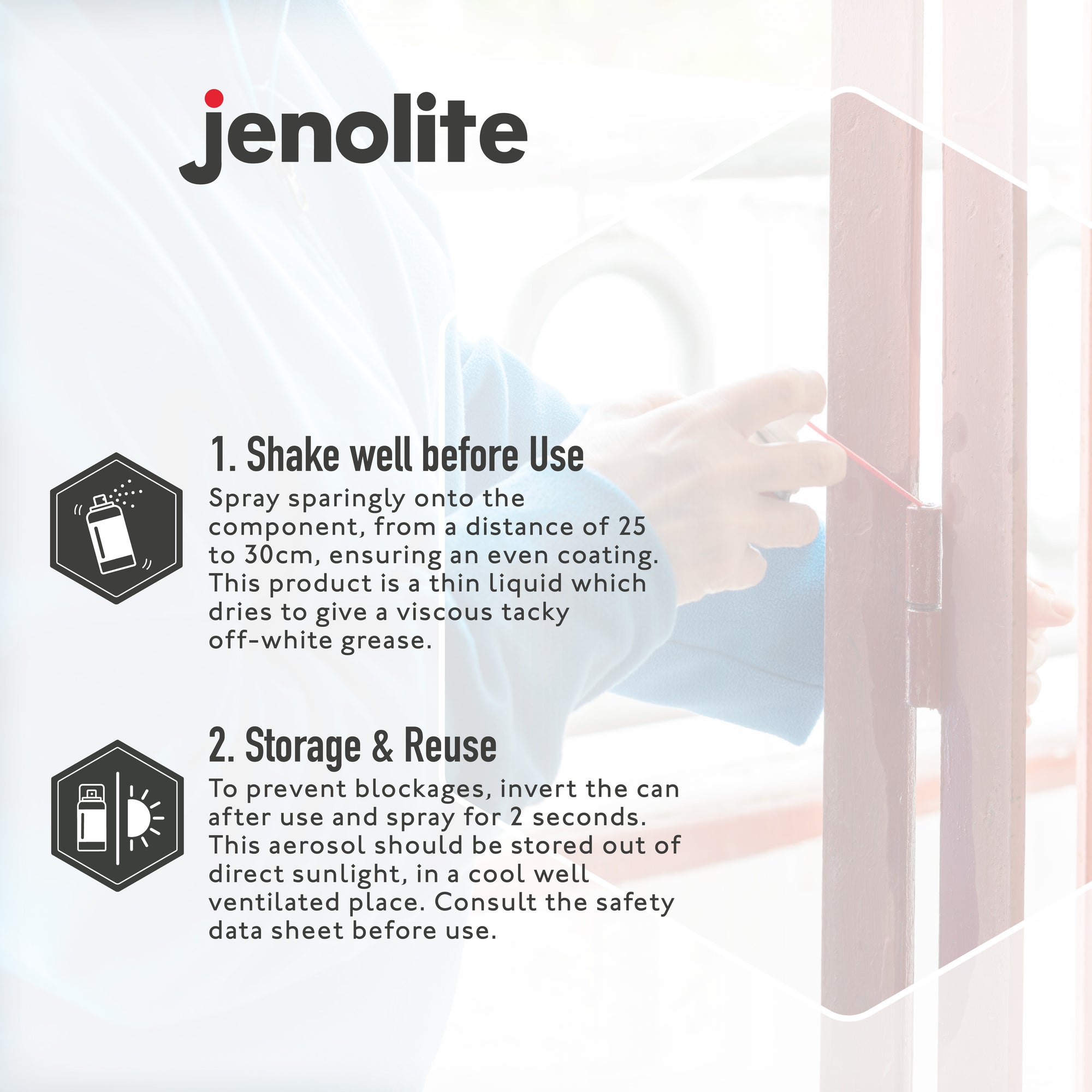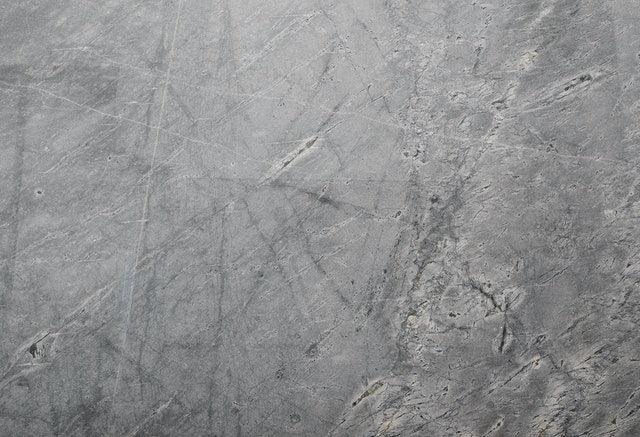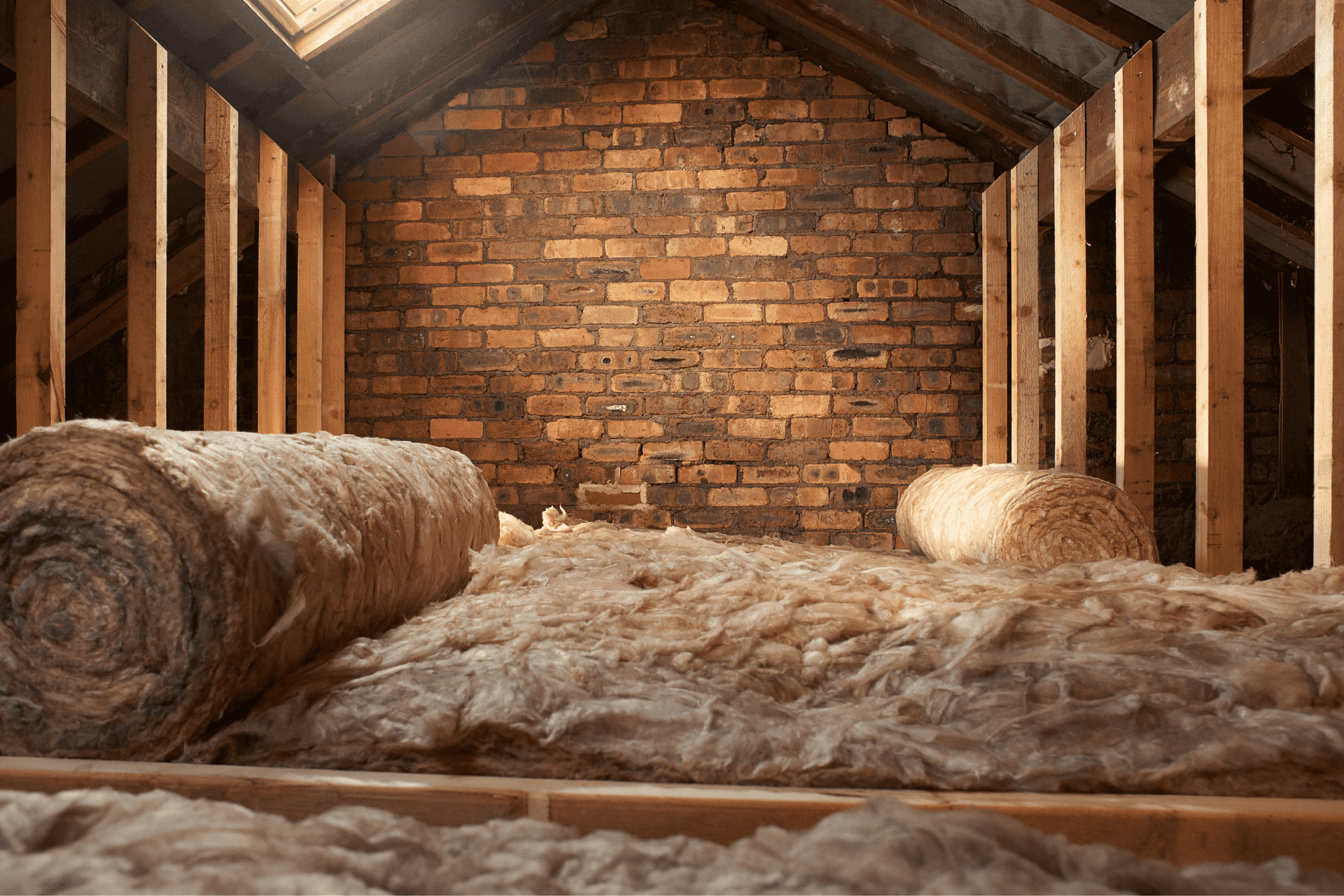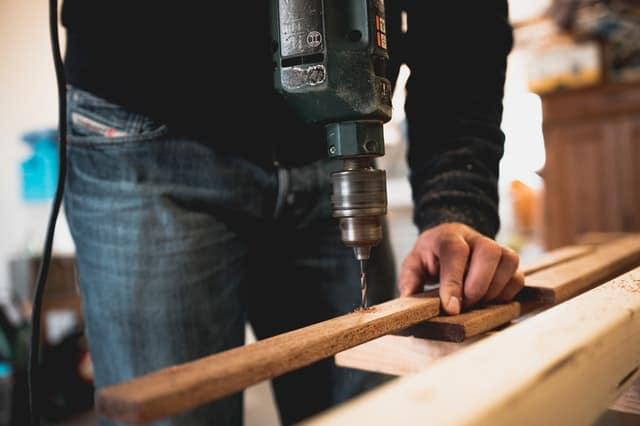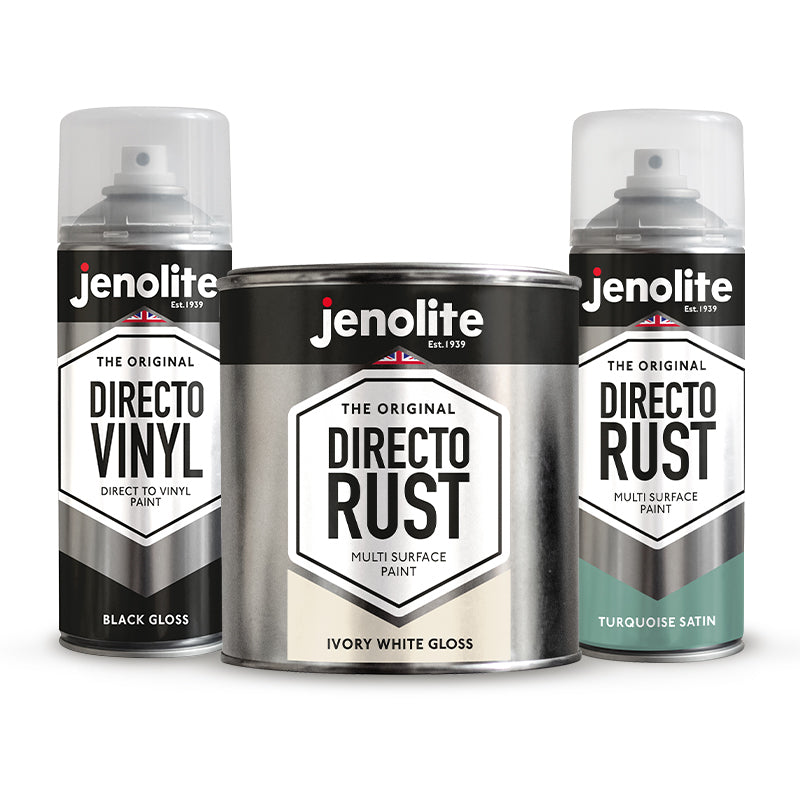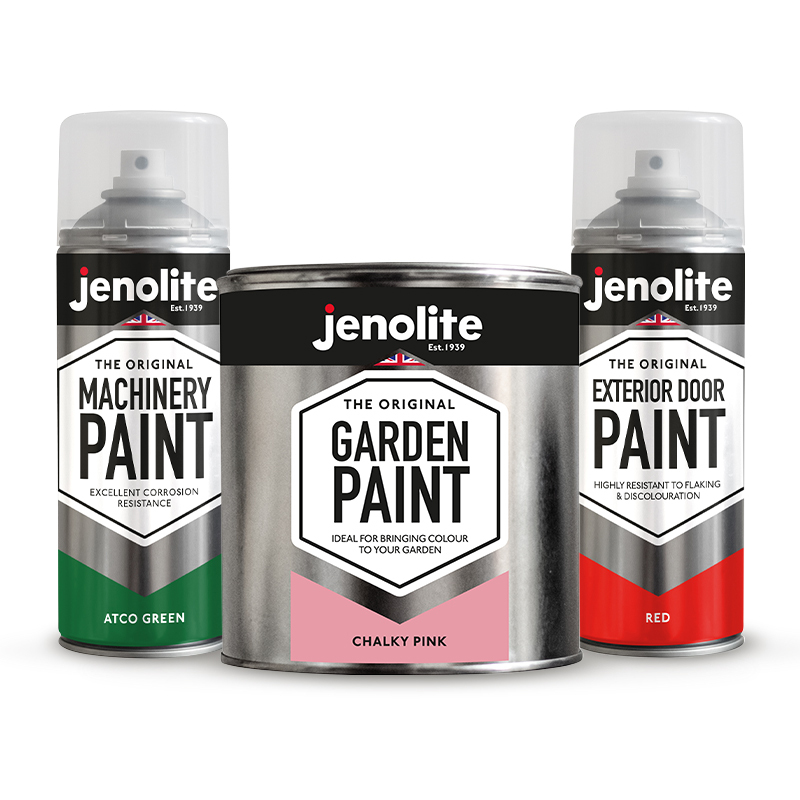Whether it’s inside your home or outside in the garden, stains from rust on your concrete path, steps or wall can be mistaken for dirt and grime which isn’t the best look for your home or premises. This blog post takes a look into how to get rust stains off concrete and how to prevent this from happening in the future.
How to remove rust from concrete
Identify the source
The first step to getting rid of rust from concrete is to identify the source of the rust. This is most likely something metal such as a garden bench, some tools left out, or tin cans. This is because rust is formed when the metal comes into contact with water and the irons in the metal oxidise. Once this has been identified, you can remove it and begin tackling the stains that have been produced as a result of the source.
Remove excess dirt, grease, and oil
Make sure before you start to remove any traces of oil or grease with a degreaser. This is so the solution can work into the rust stains and makes the process more efficient as there isn’t a barrier stopping the stain remover from coming into contact with the rust.
Spray the solution evenly
Jenolite’s Rust Stain Remover Spray is the right product to use here. Shake the bottle well and twist the nozzle to open. As the stain remover is in spray form it is easily applied evenly to cover the rust stain. Make sure all the surfaces affected are covered.
Leave the spray to soak into the rust
This will depend on the severity of the stain, but you should be able to see the rust stain fade away. The product will start reacting with the rust and you will be able to wipe away the rust with a clean and dry cloth.
Repeat the process
If there are still faded rust stains showing you can repeat the process if necessary.
If the stain is still proving stubborn you can use a wire brush to work the stain away and activate the rust remover.
How to prevent rust from appearing on concrete
As mentioned earlier, rust on non-metal surfaces is caused by an external factor as rust can’t form on non-metal materials. Identifying the source of the rust is the most important as you can stop rust forming in the first place and then dripping onto concrete, therefore creating the stains. You can do this by removing the object such as a can, tools, or anything else left out or moving them to a different location such as a shelf or garage.
If the rust is coming from a permanent feature such as a gate or metal bench you can use Jenolite Rust Remover Gel. You might want to check out related guides on rust removal, linked at the bottom of this blog post.
Apply rust remover jelly to the area
We recommend using the gel/jelly as it is a non-drip formula. This ensures that the rust is targeted by the jelly and it doesn’t drip down to the concrete which could be too harsh. Apply the jelly and apply it directly to the rust. You can also dip the affected area in the jelly if it is small enough to fit in a tub, allowing it to be fully immersed.
Brush liberally
Using the same wire brush as above, work the jelly into the rust every 5 minutes or so in order to keep the solution active. This will also keep the rust and jelly wet as you don’t want it to dry out. Apply more jelly if needed. Continue until all of the rust has turned a dark grey to black colour. If you are immersing smaller objects you can leave the components to soak and wipe away once you can see the rust has come off.
Wipe away
Wipe the solution away with a lint-free cloth. You can then brush away any excess rust and if there is still some stubborn rust lingering you can repeat the process.

